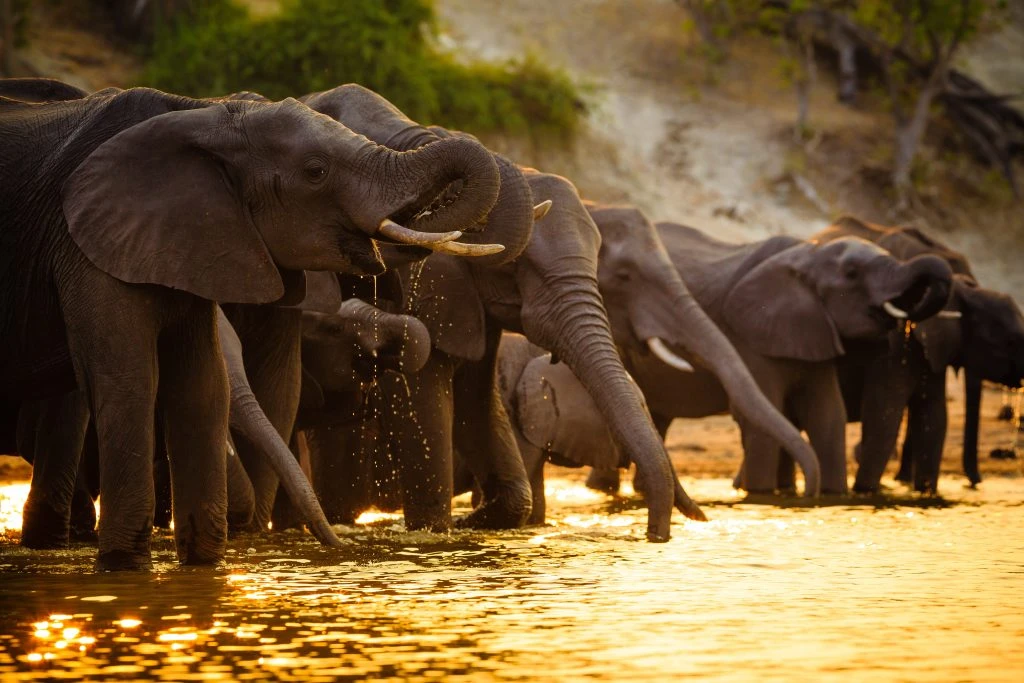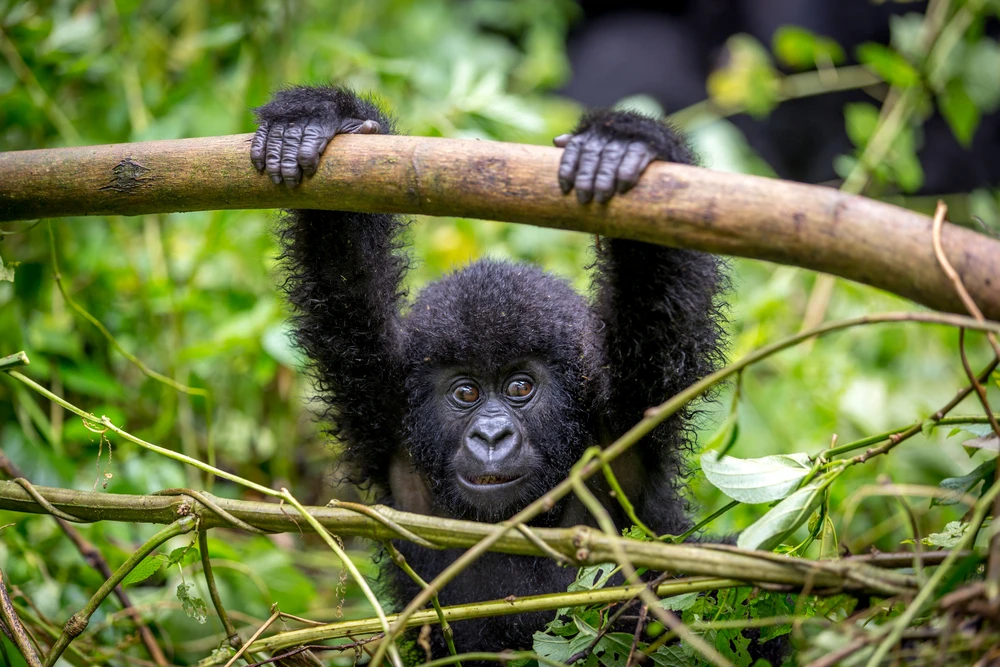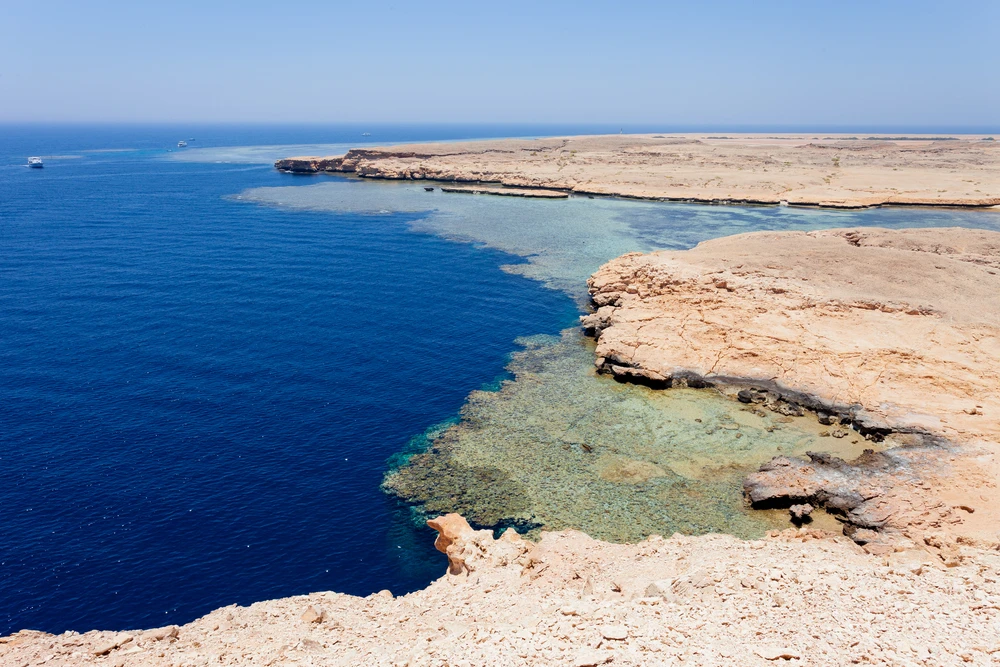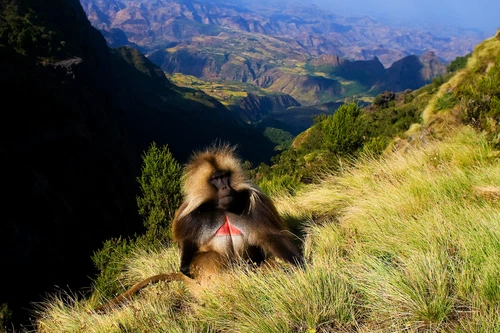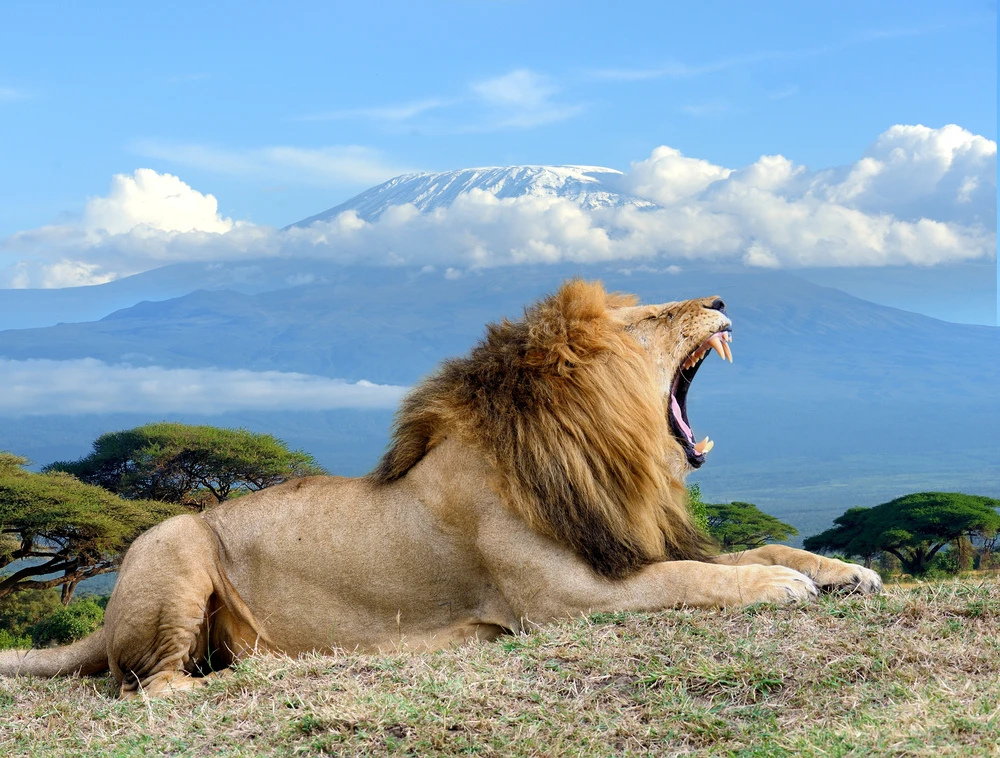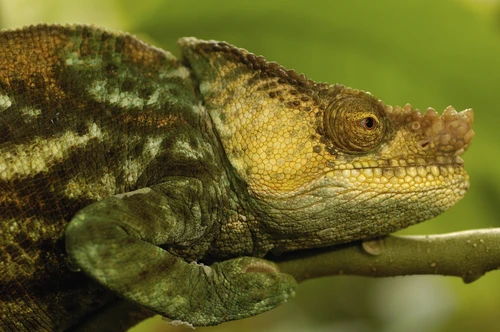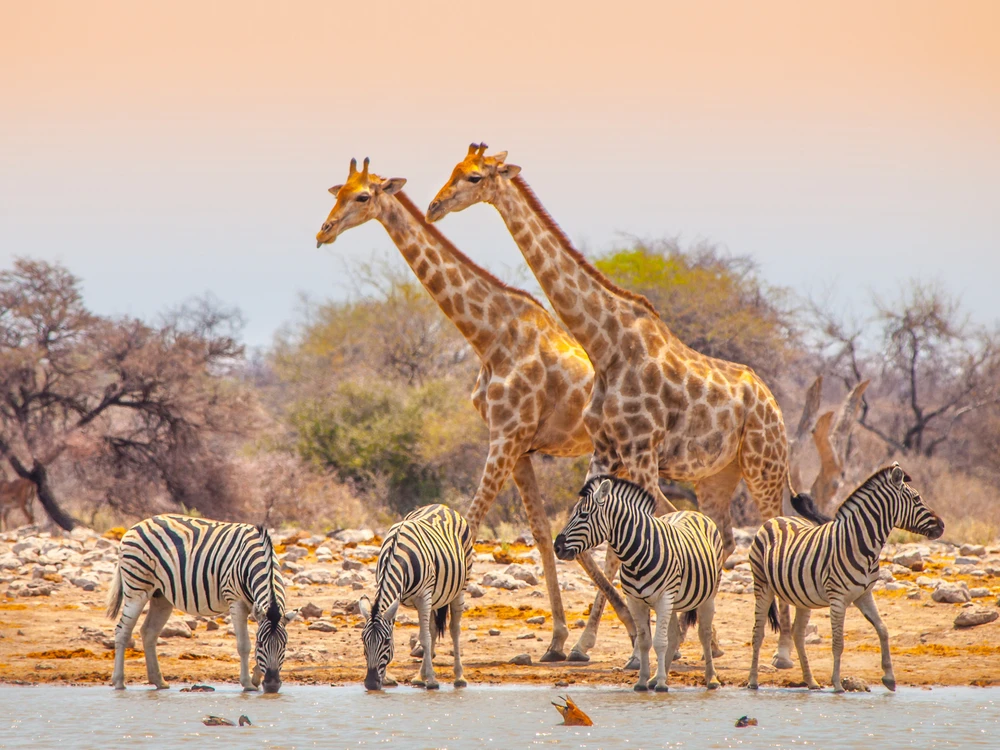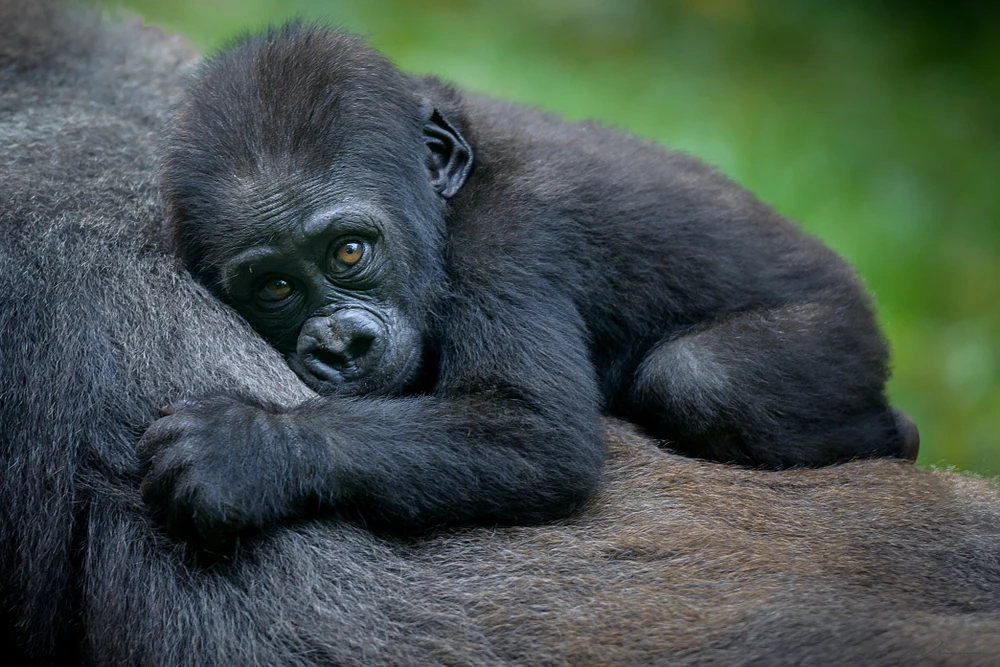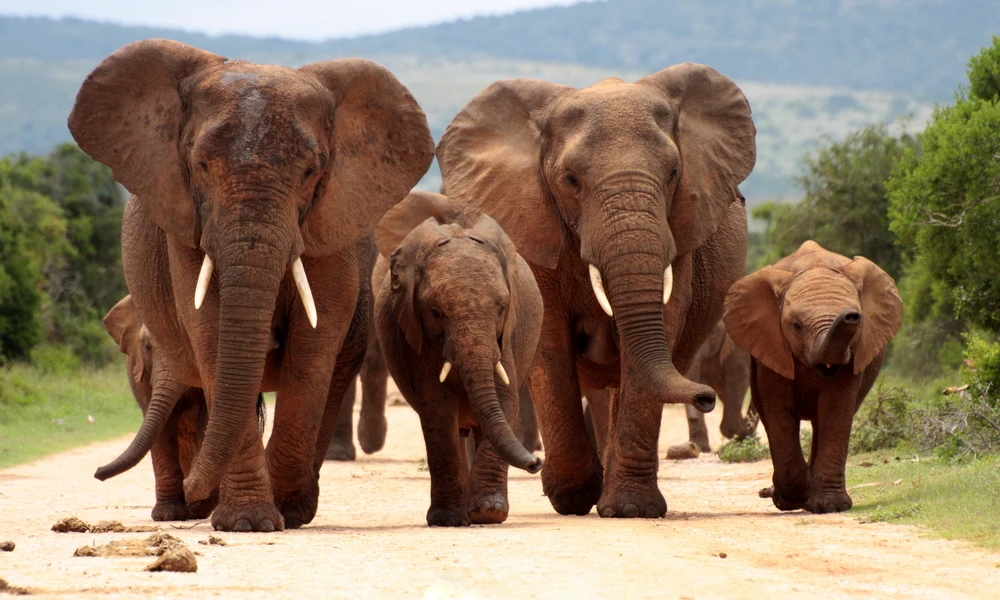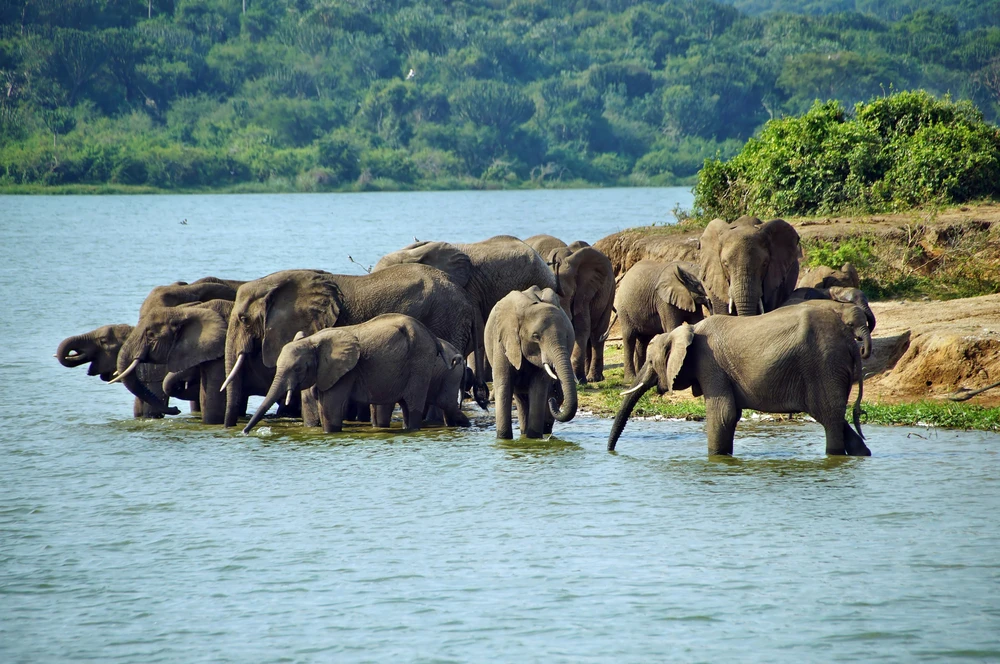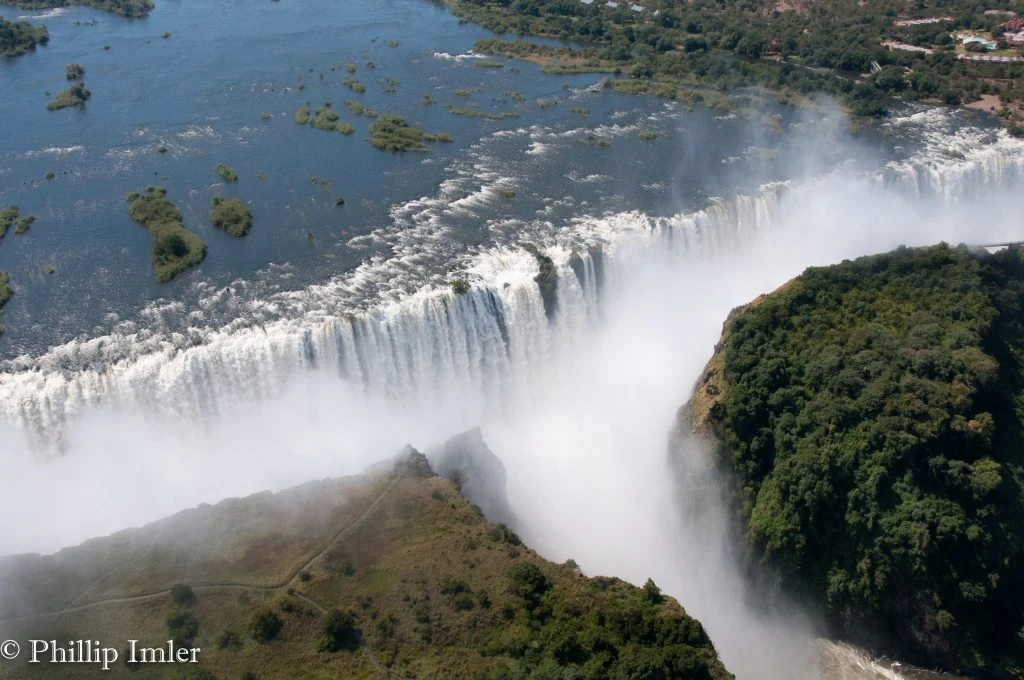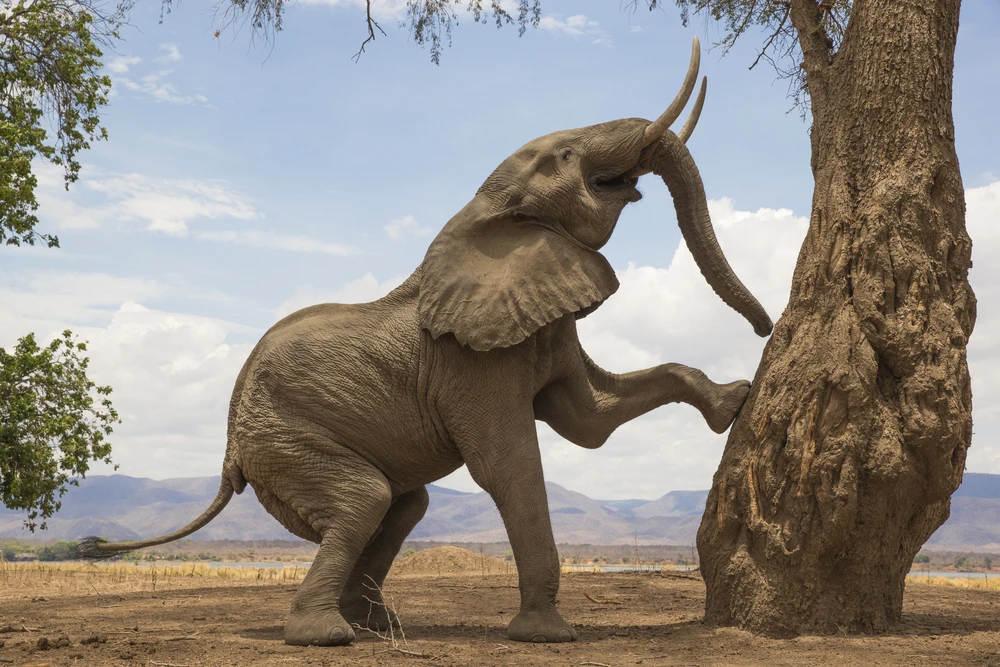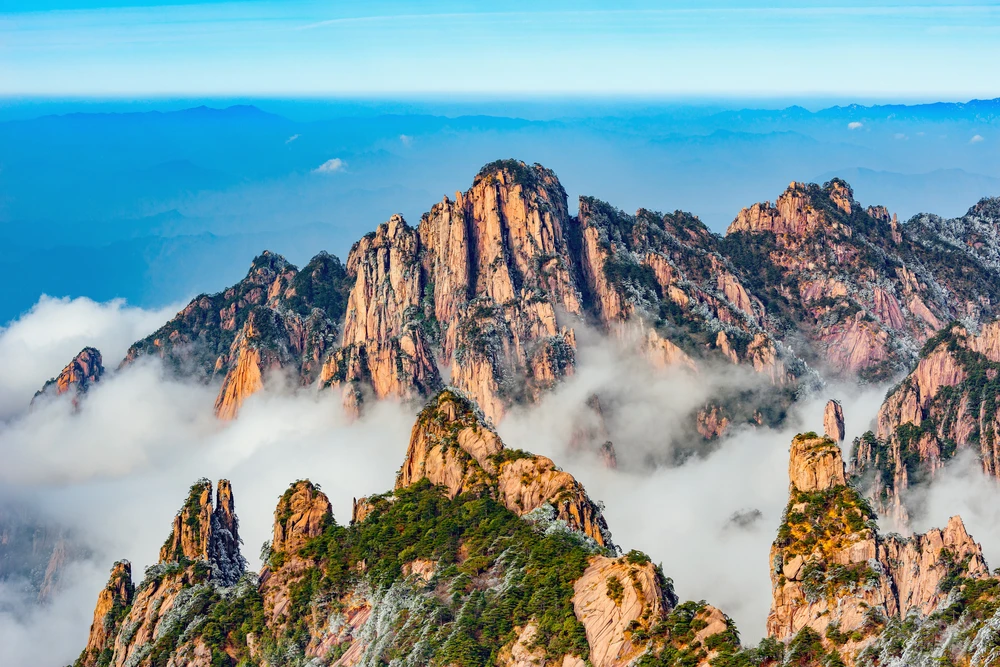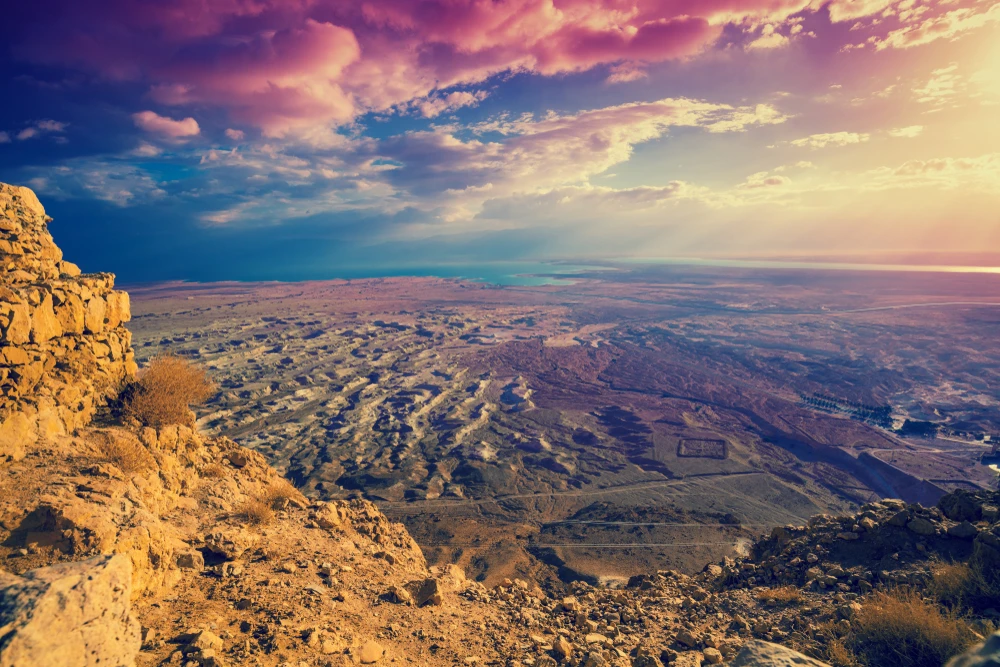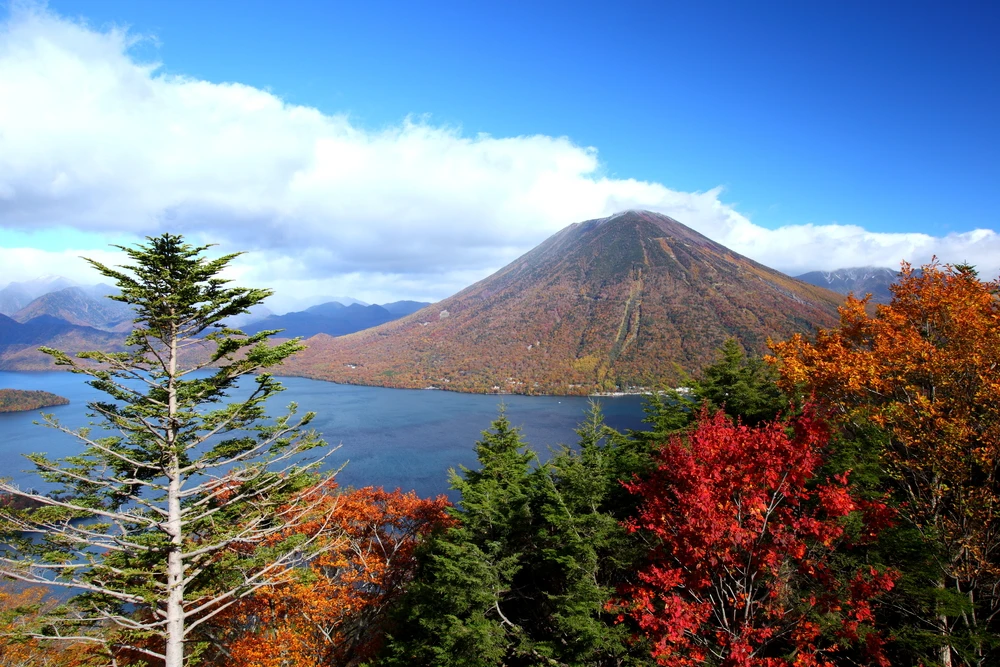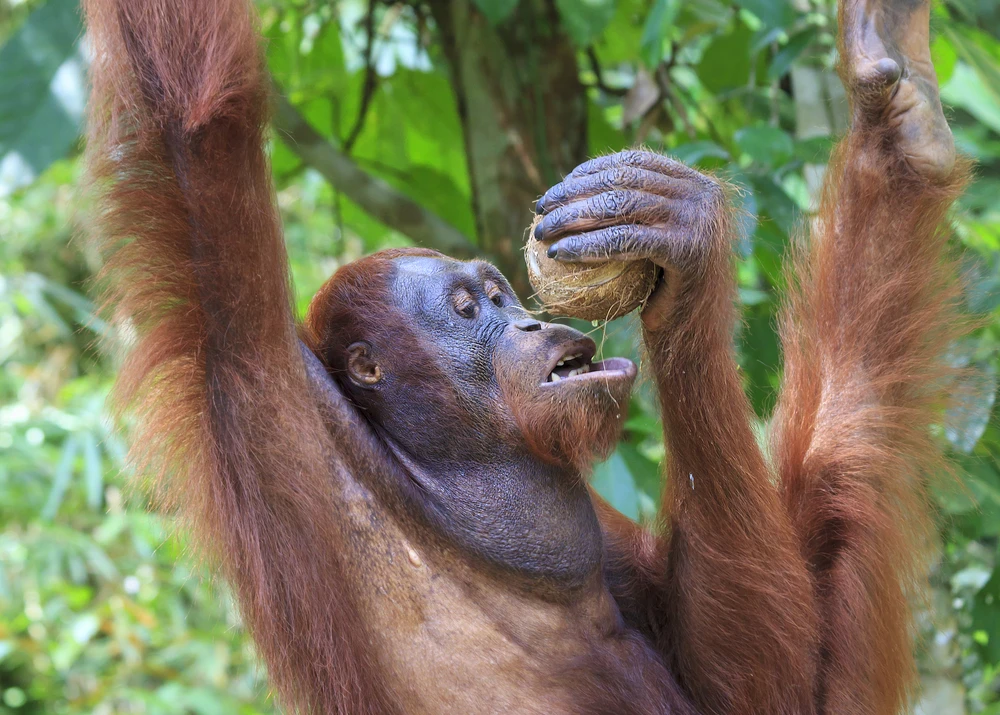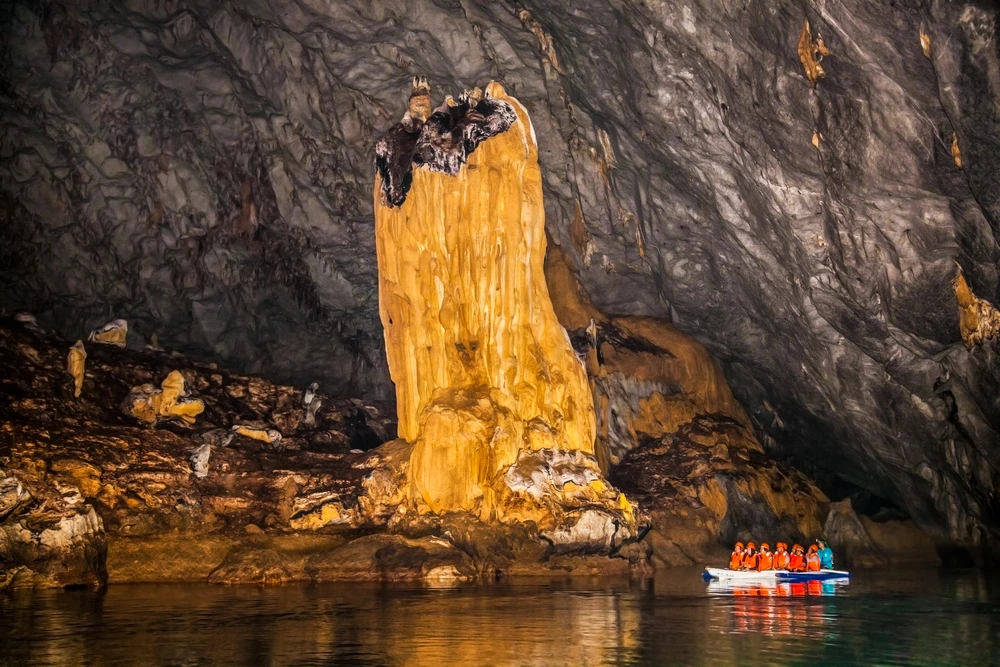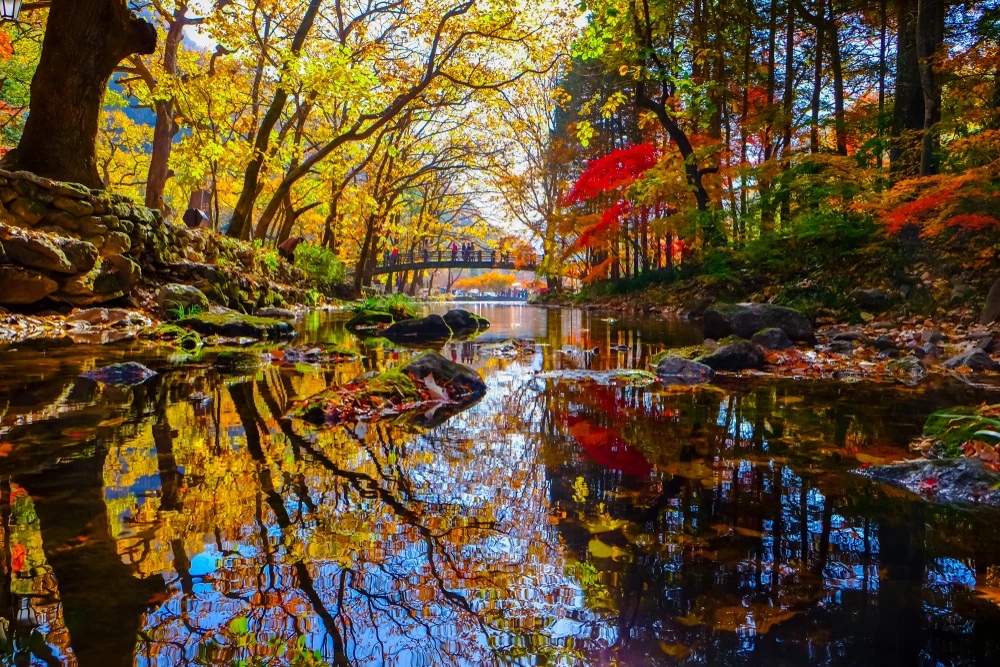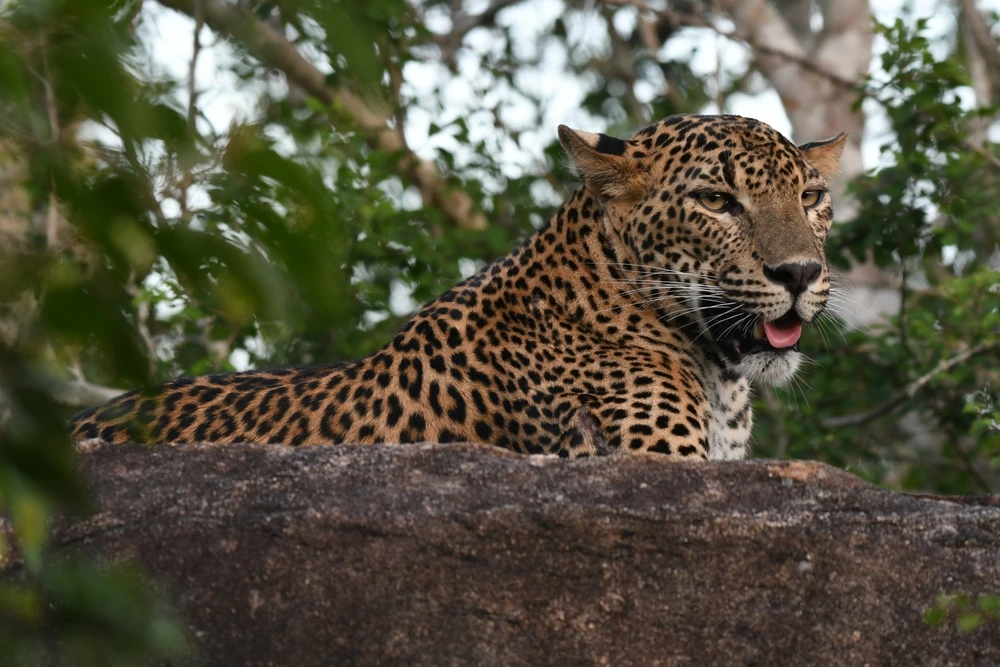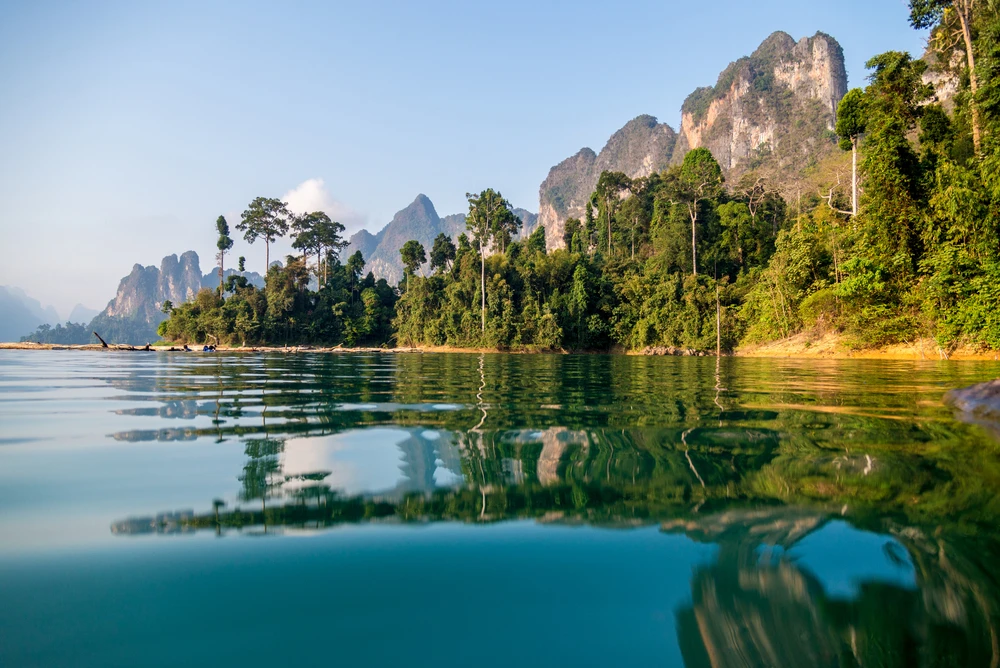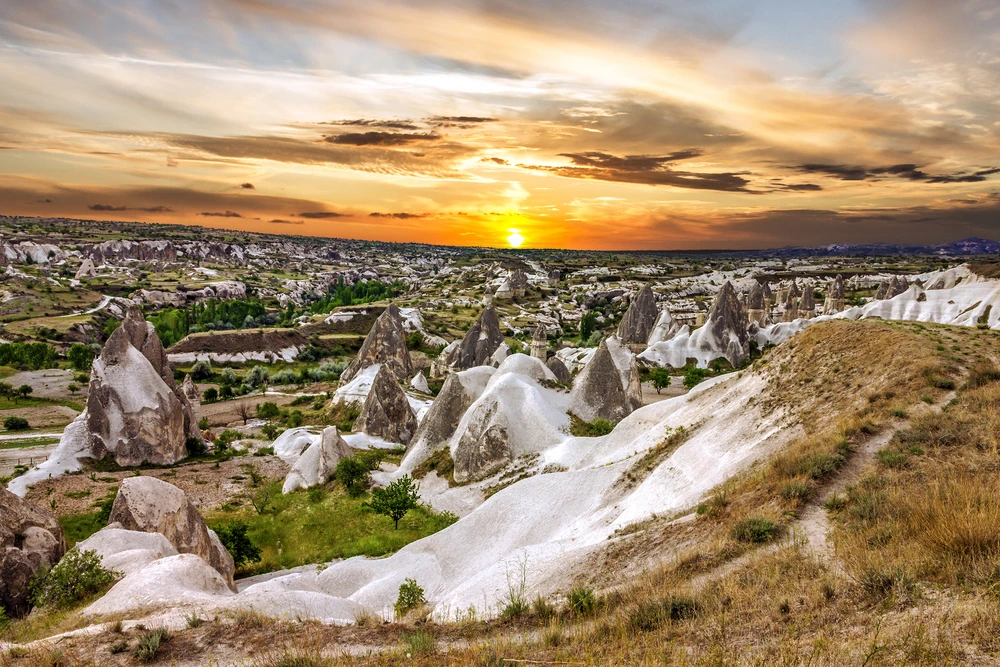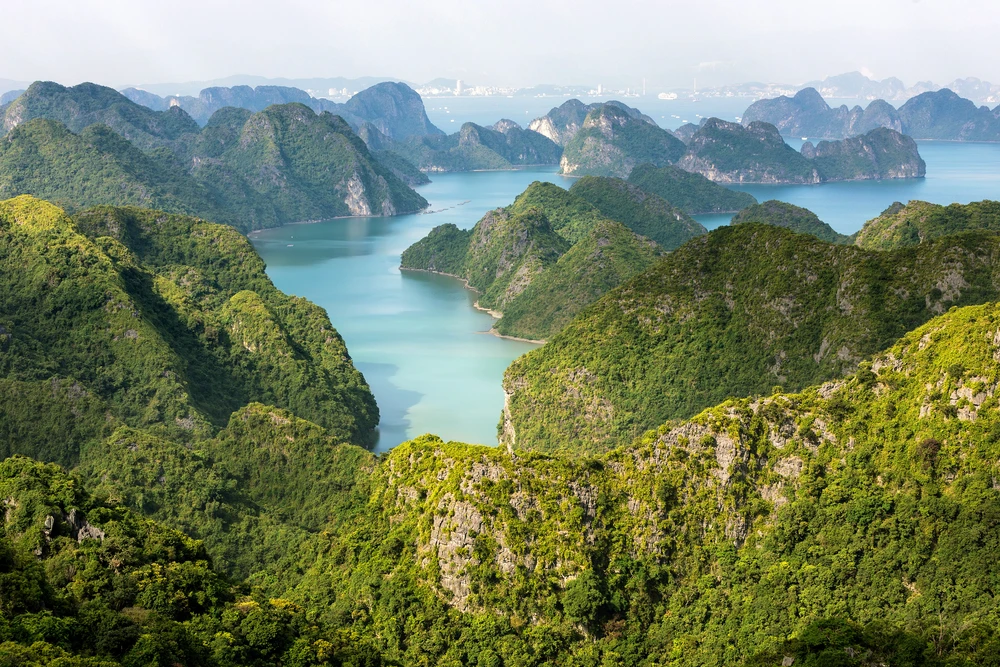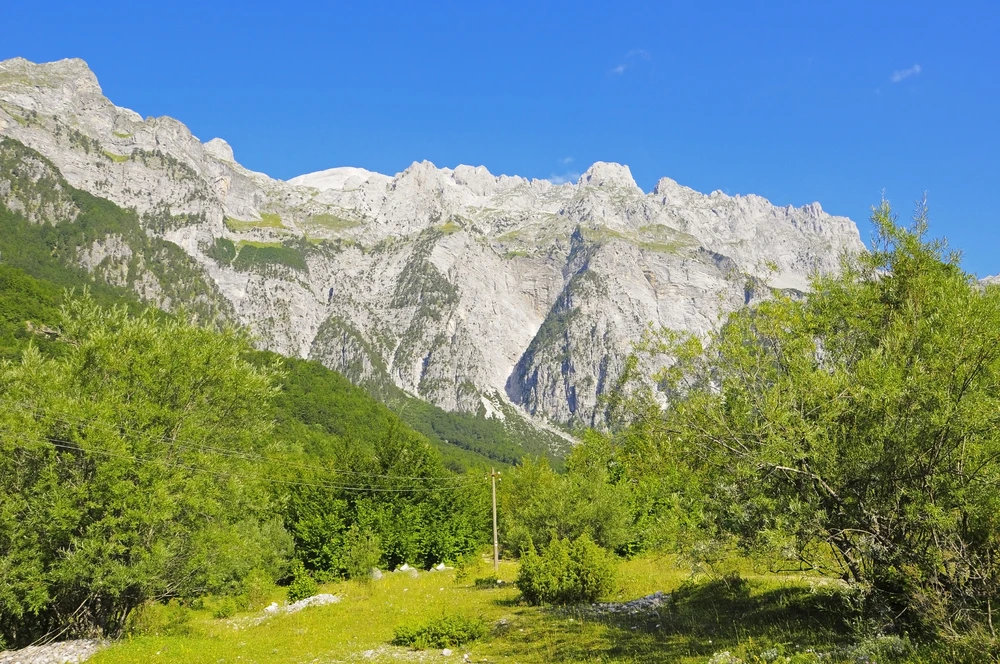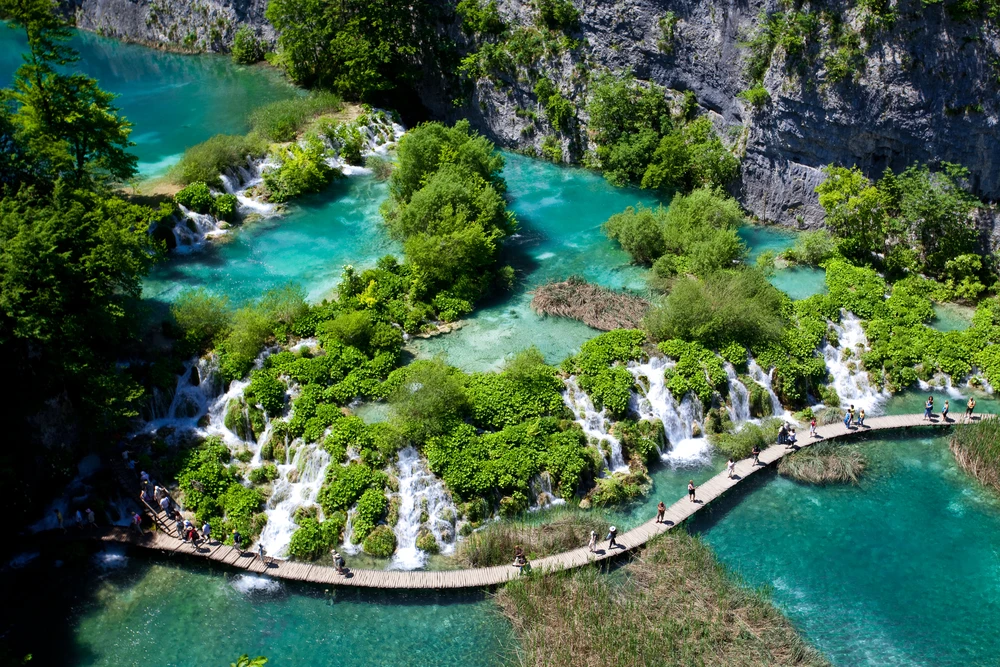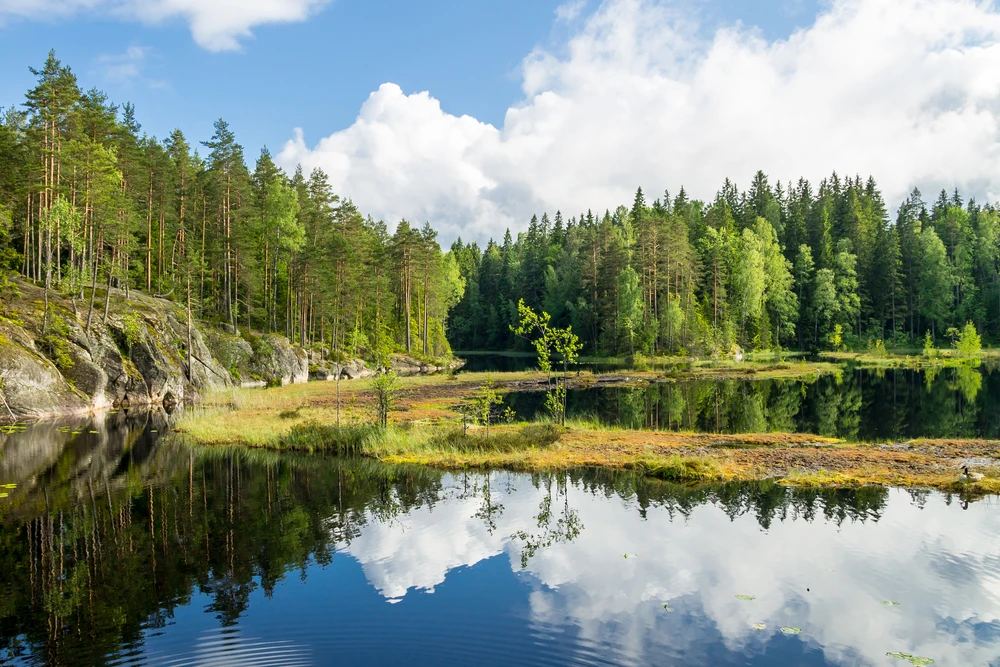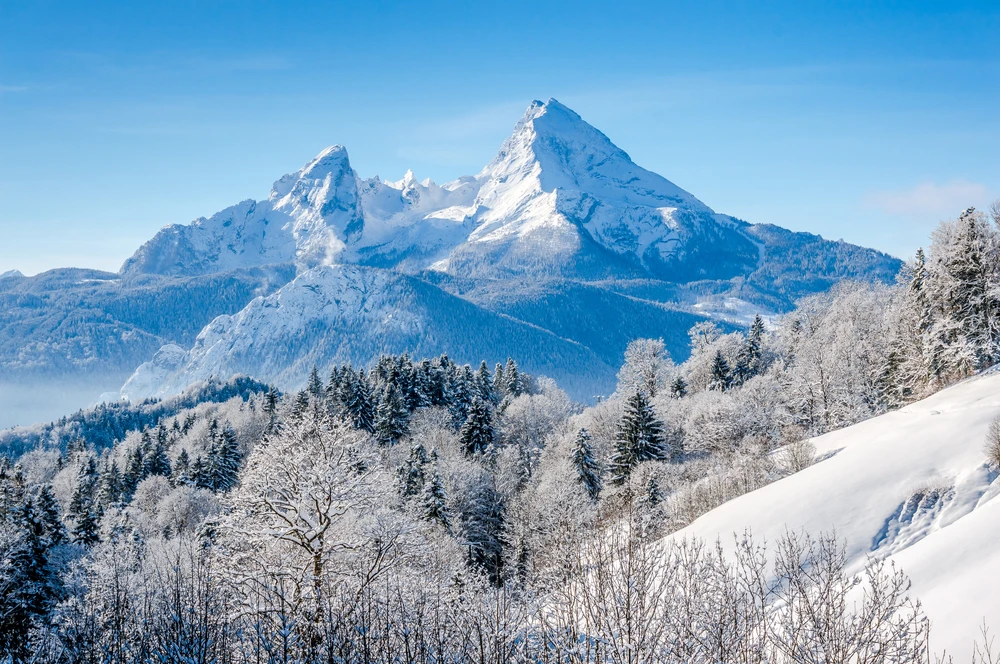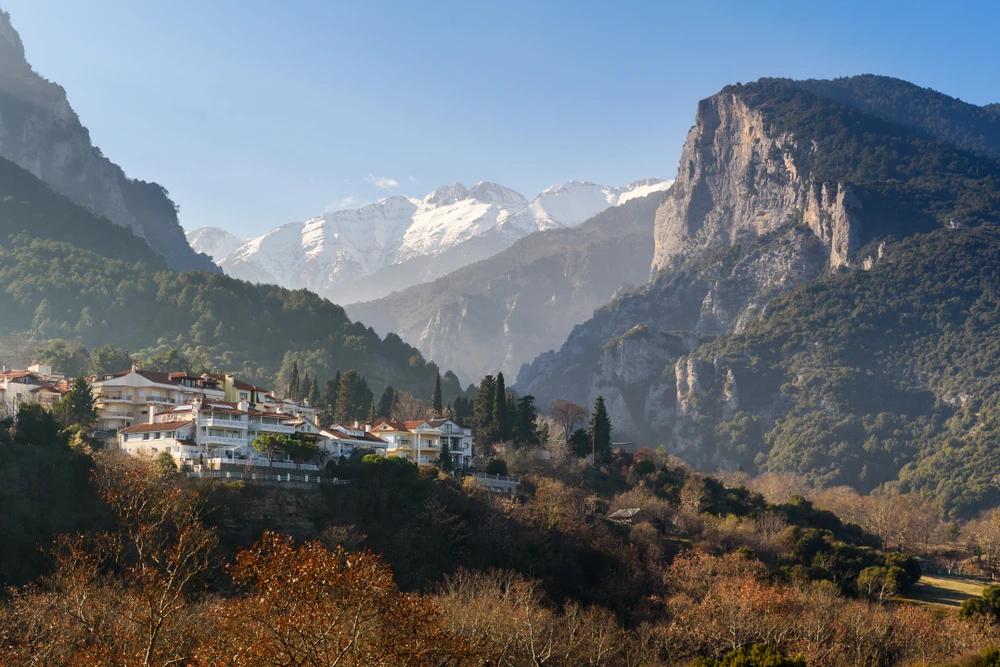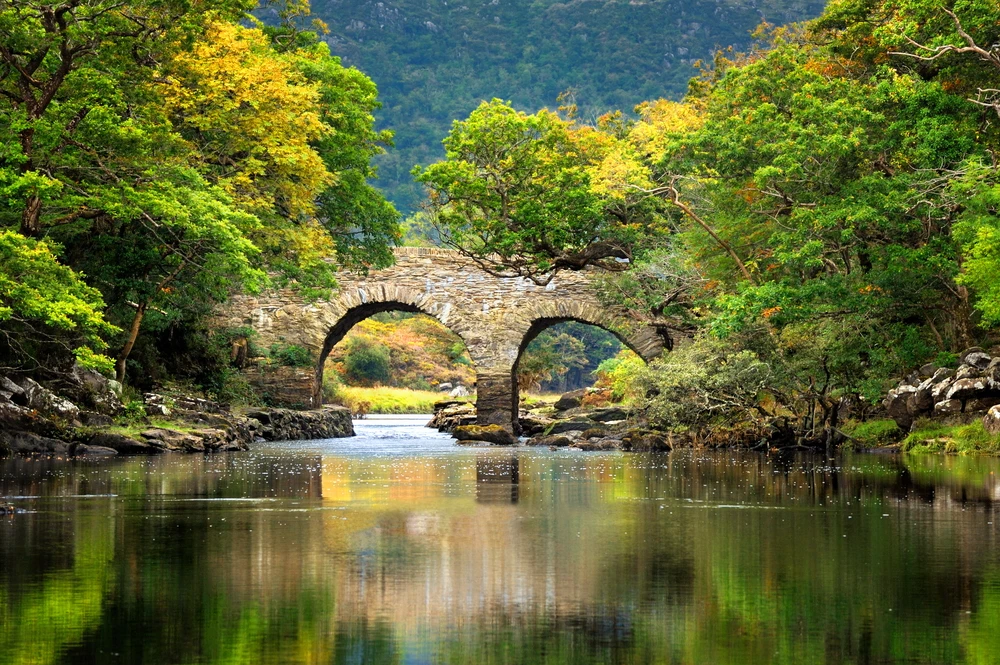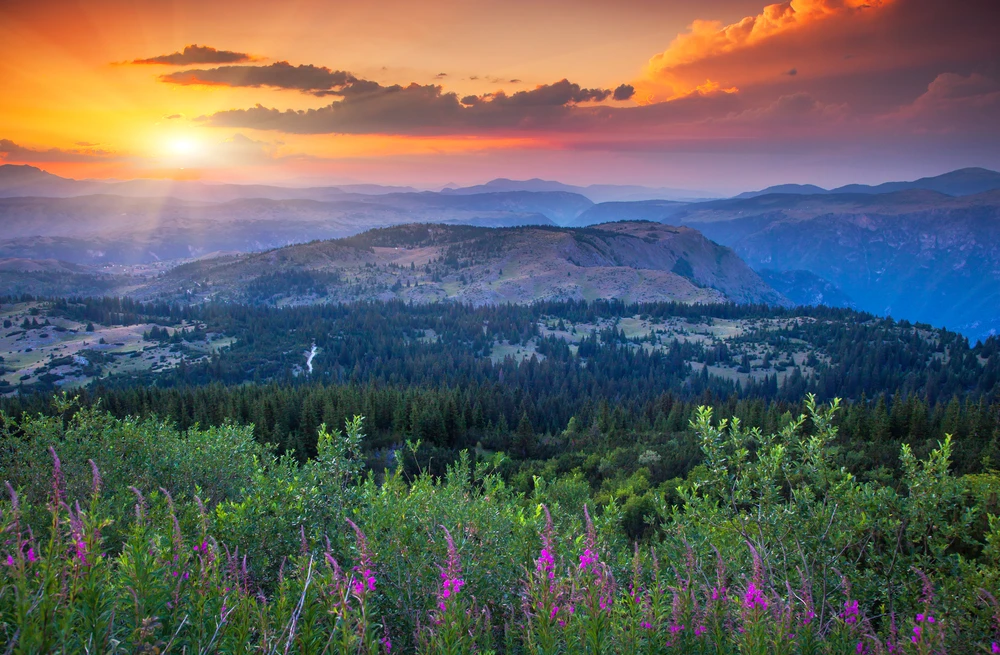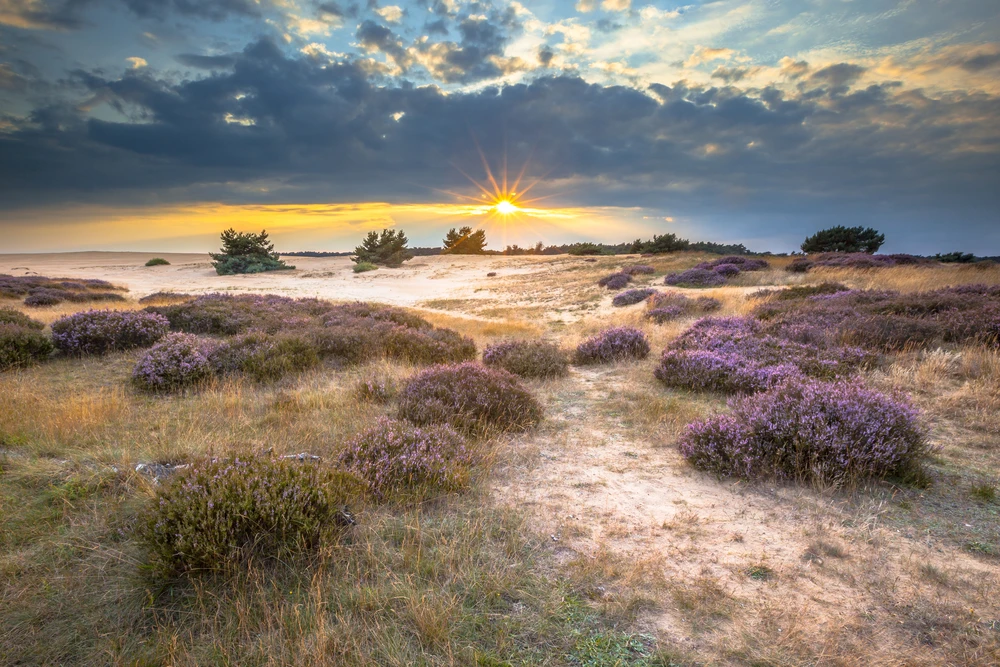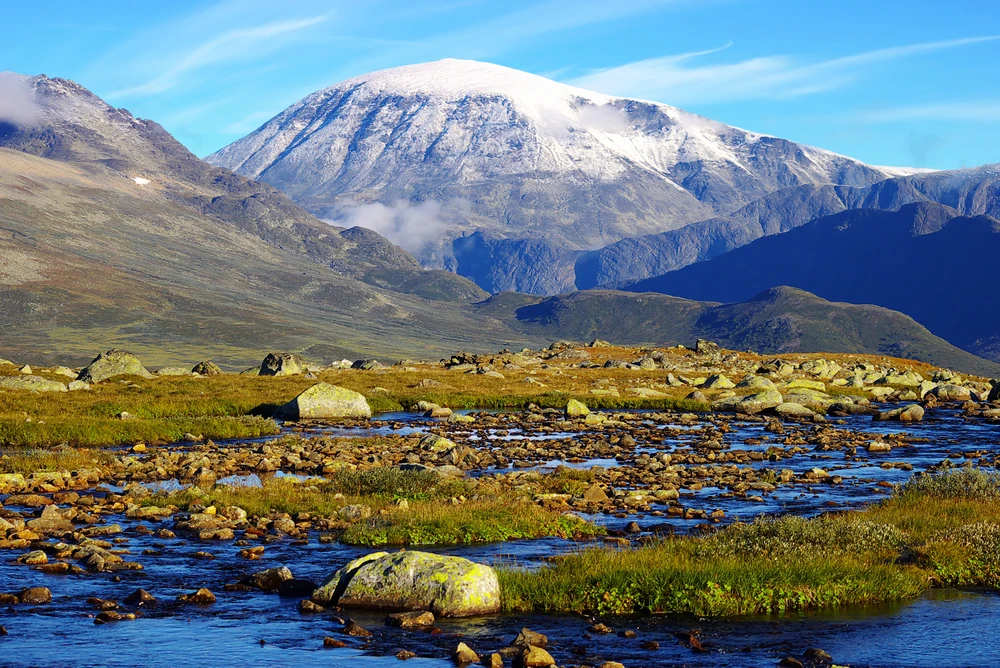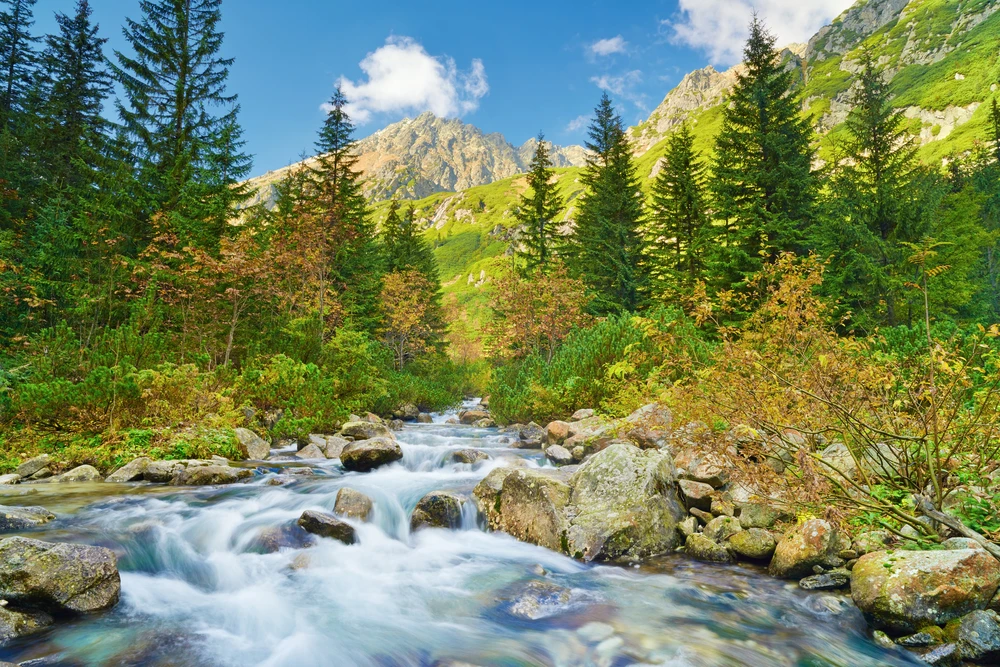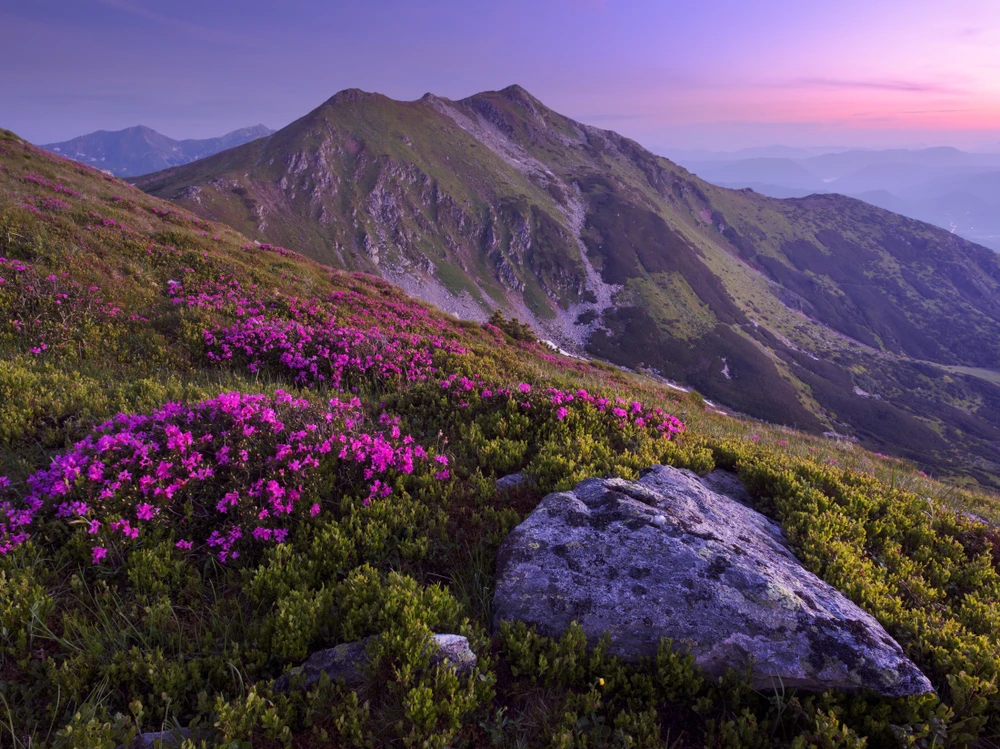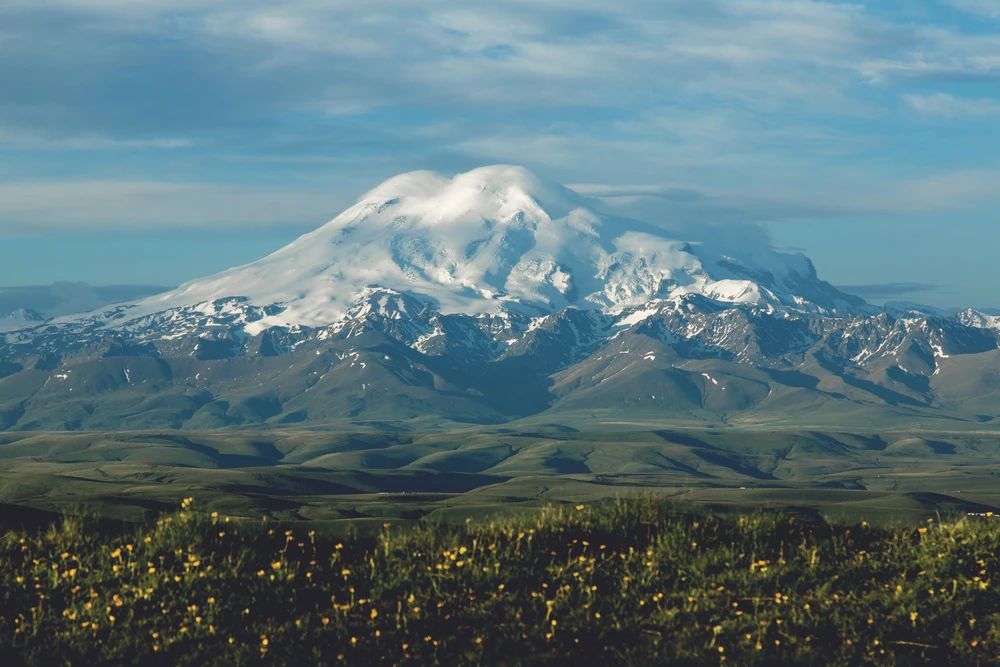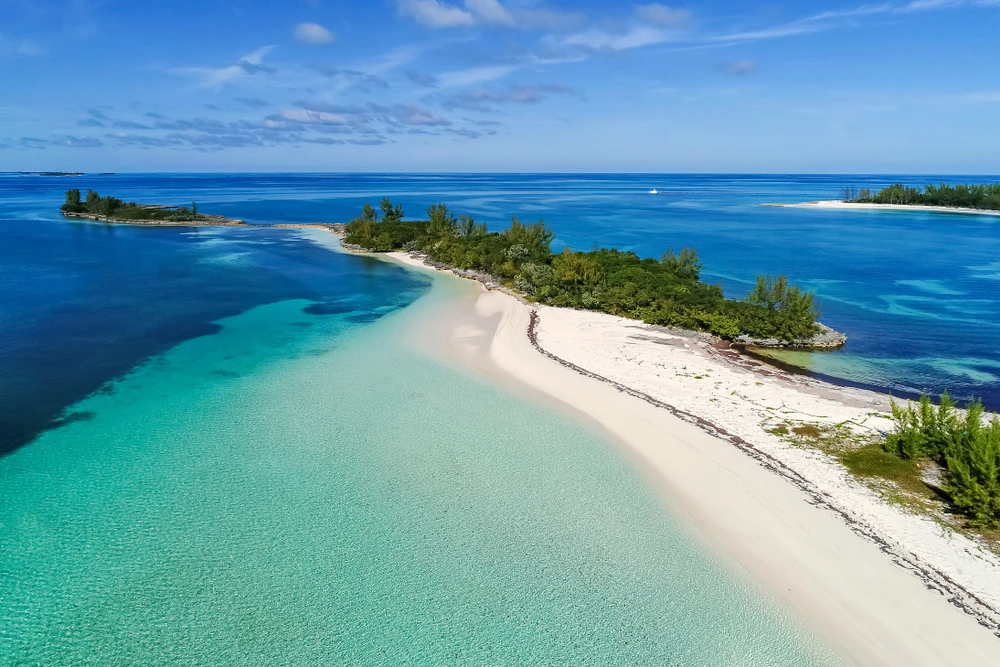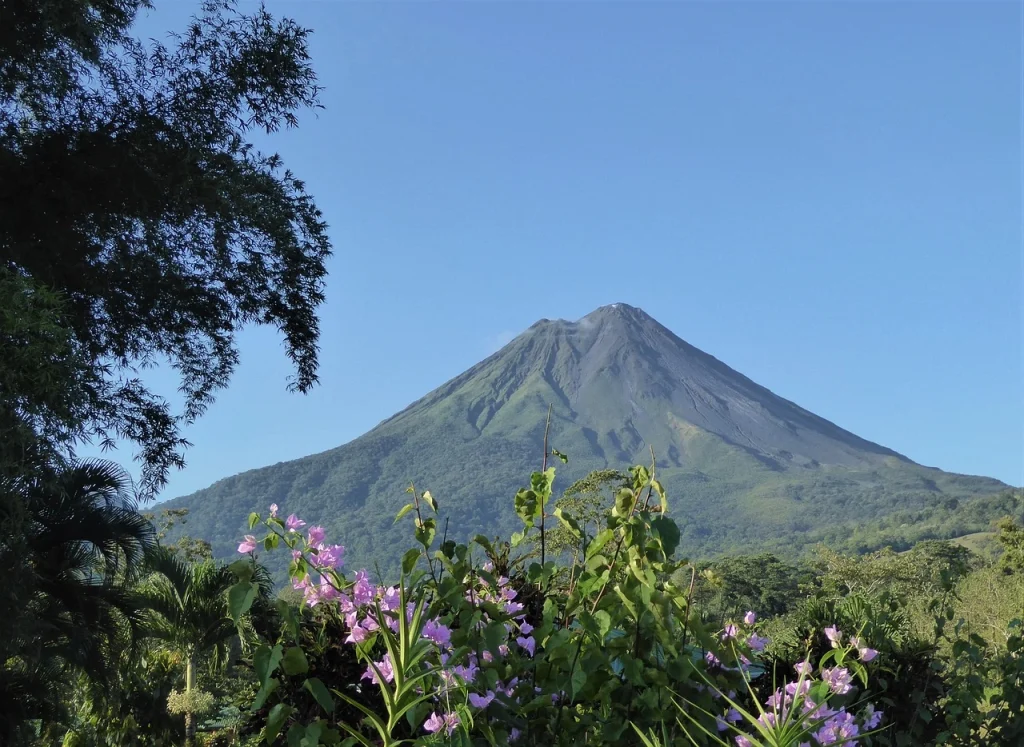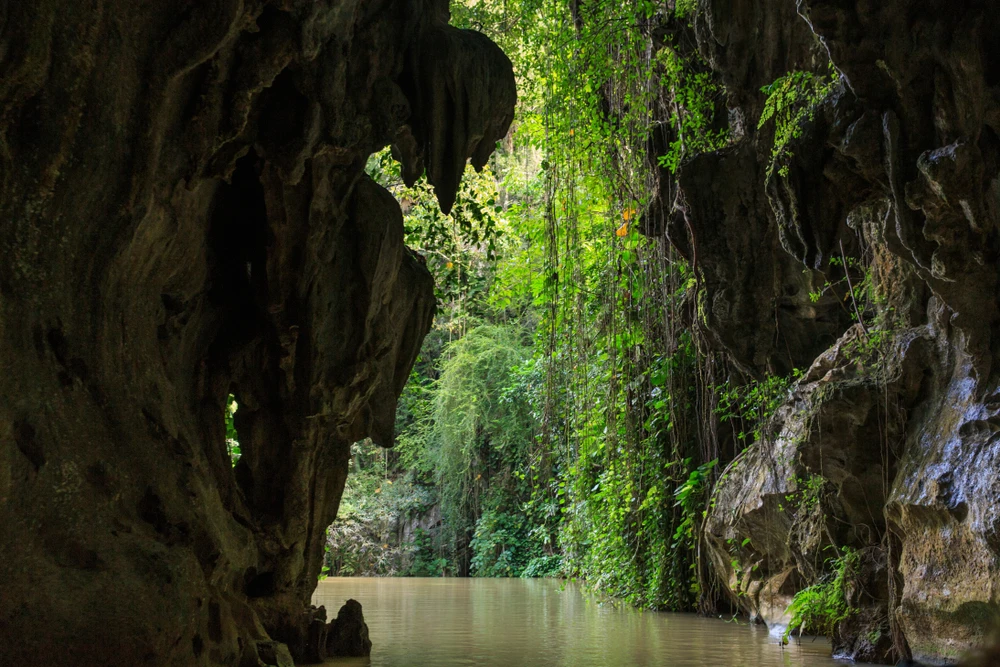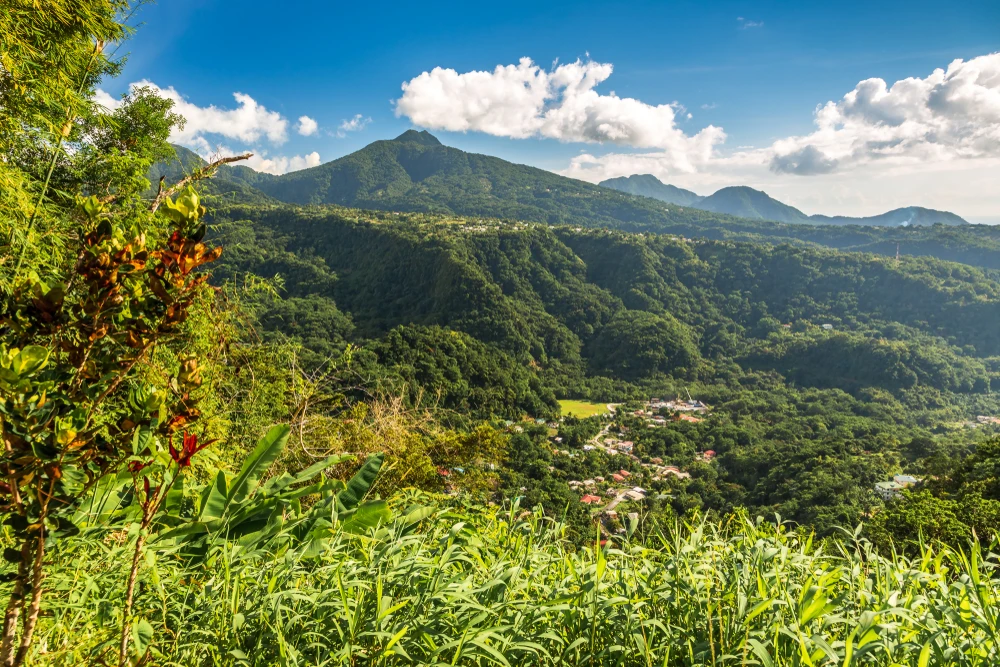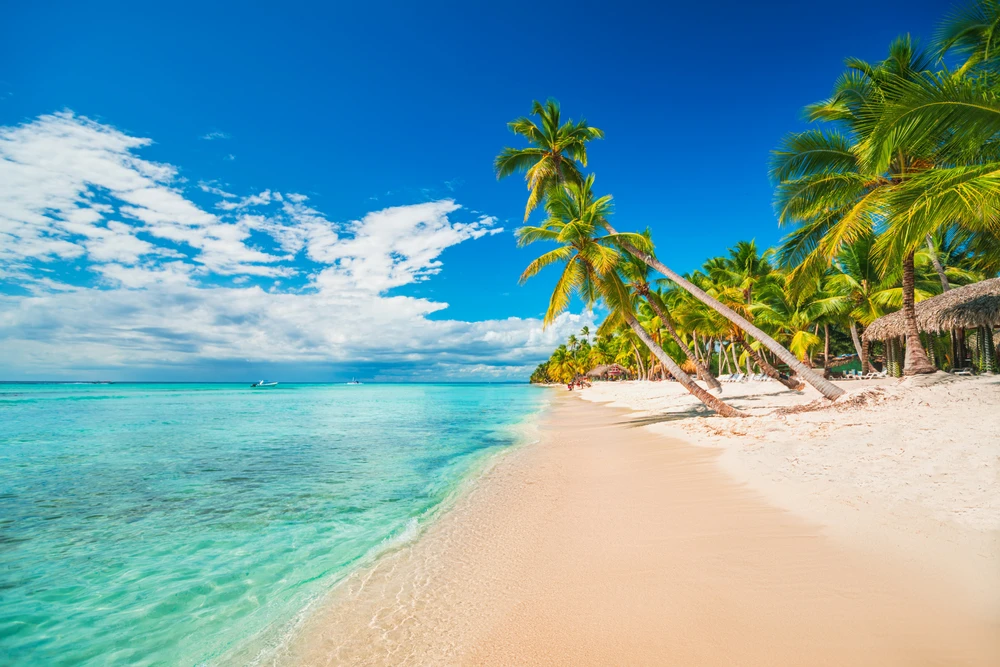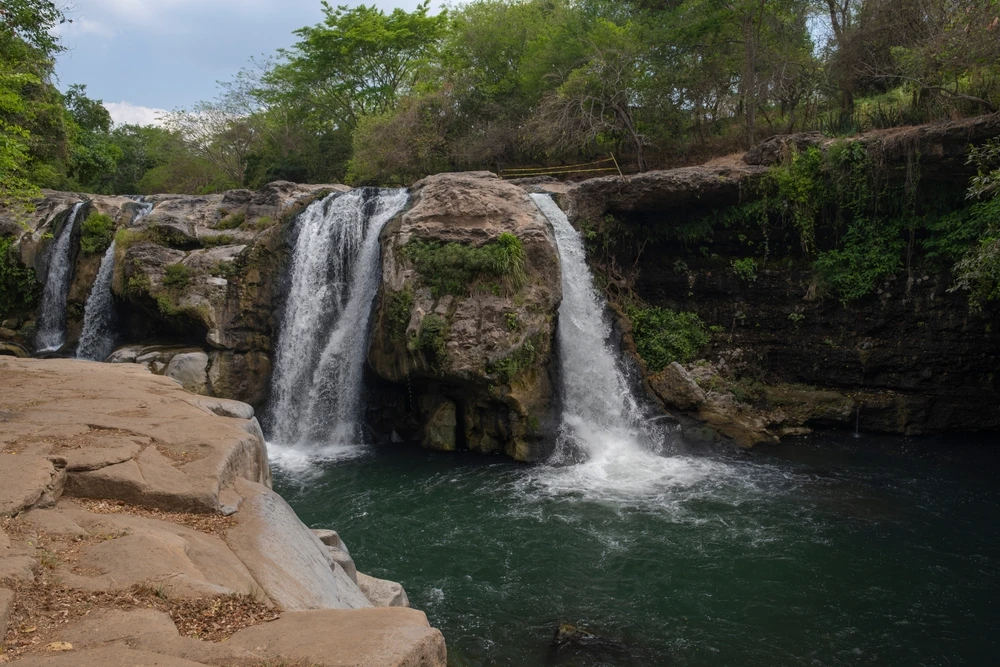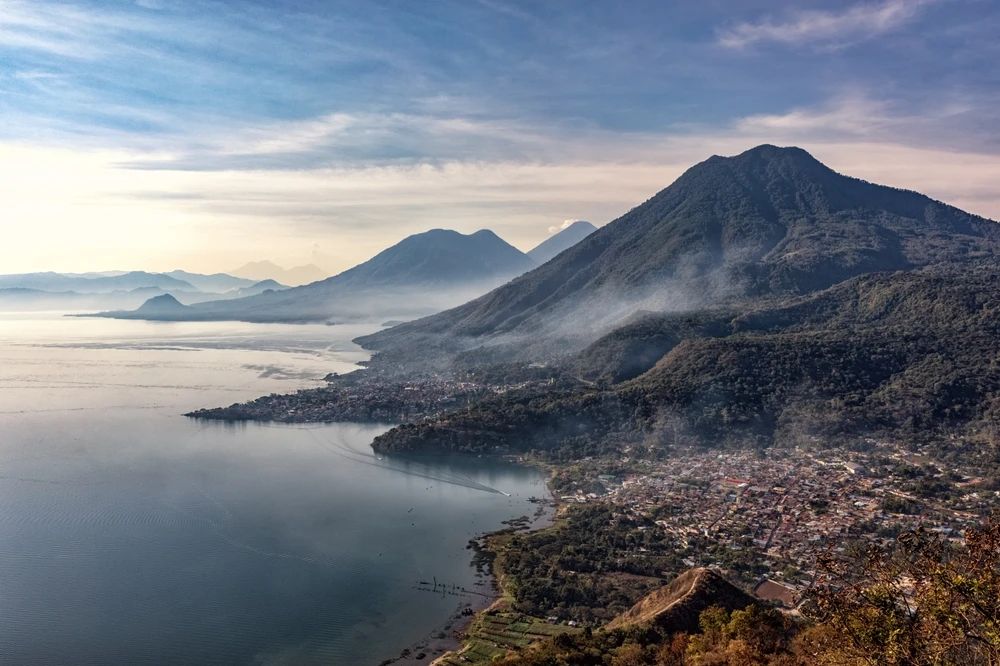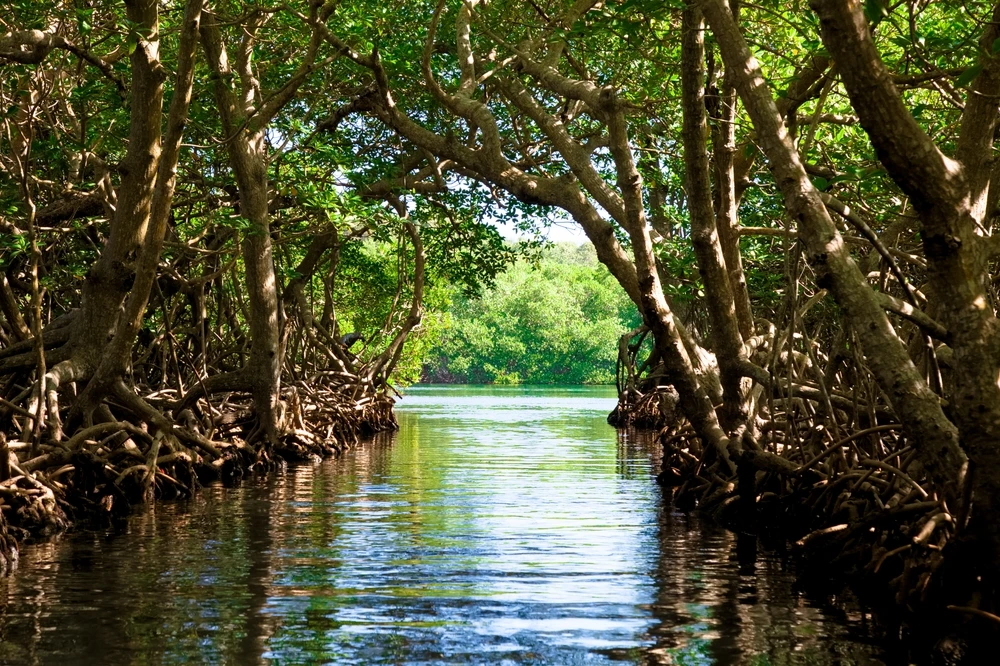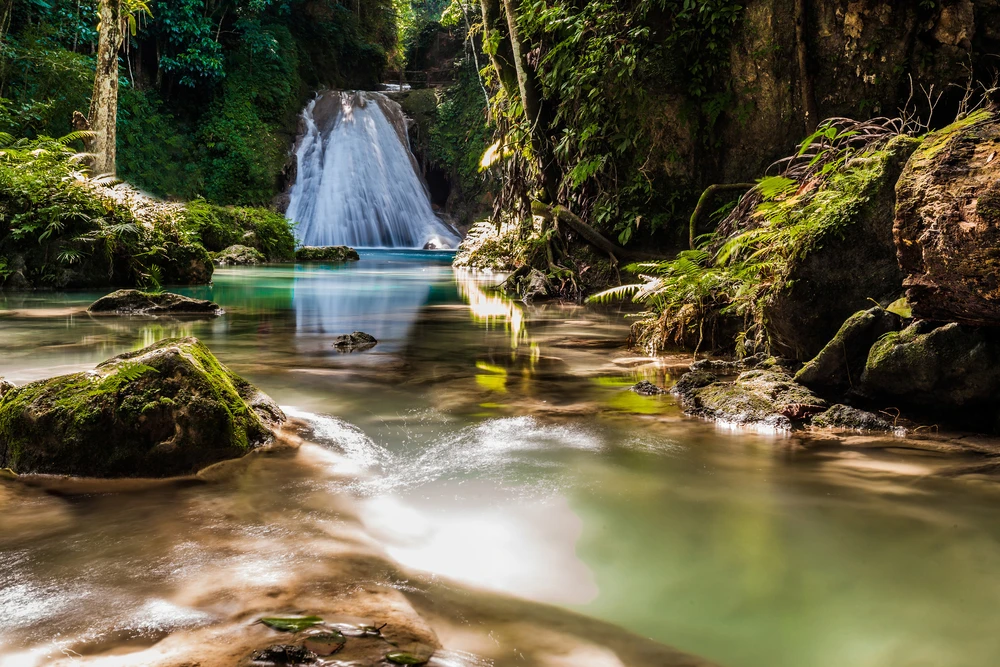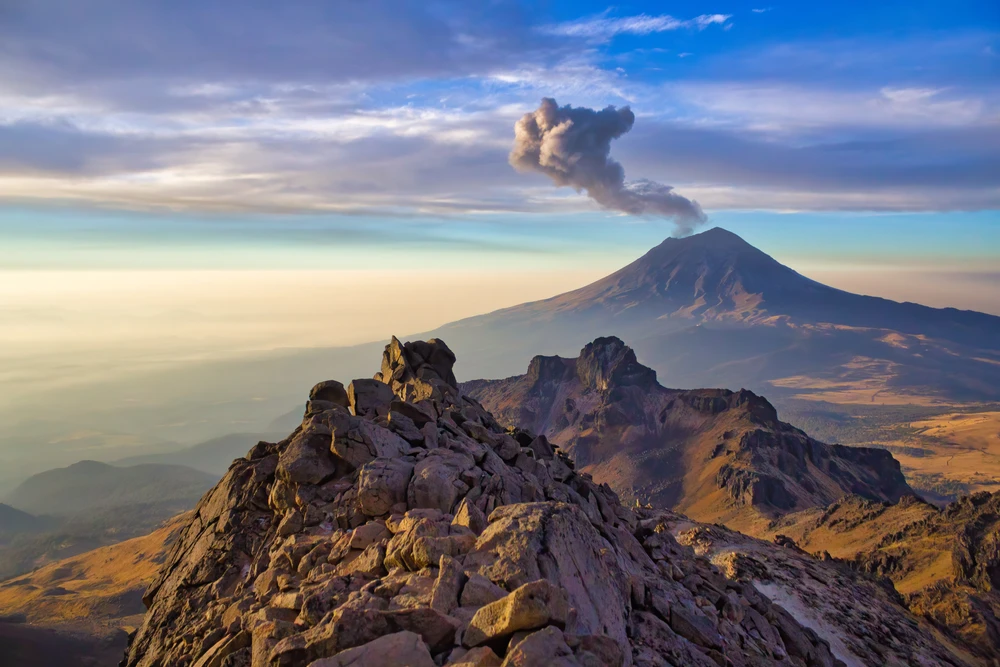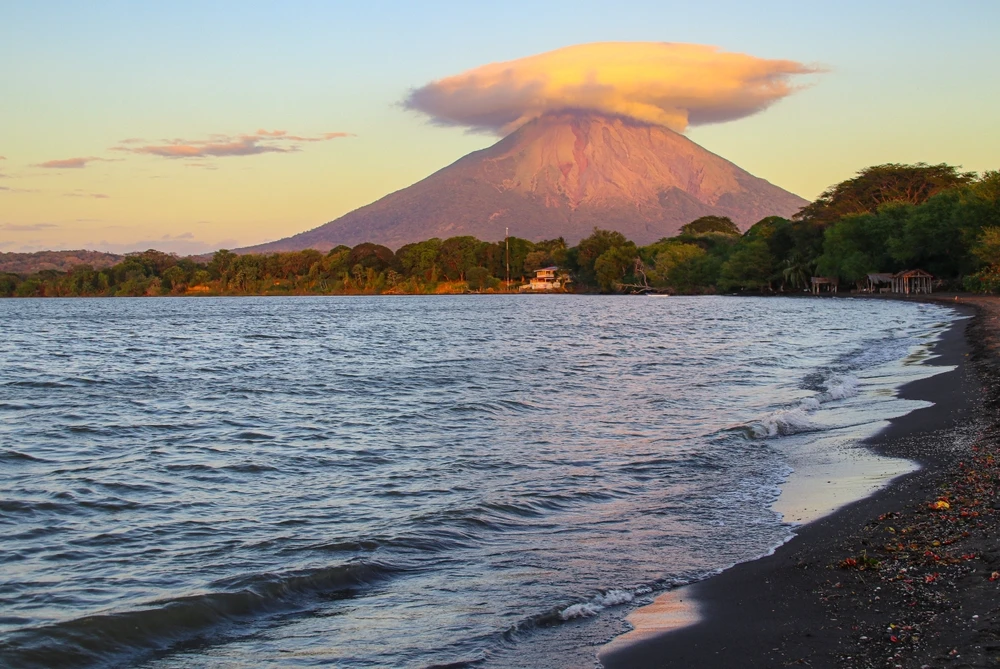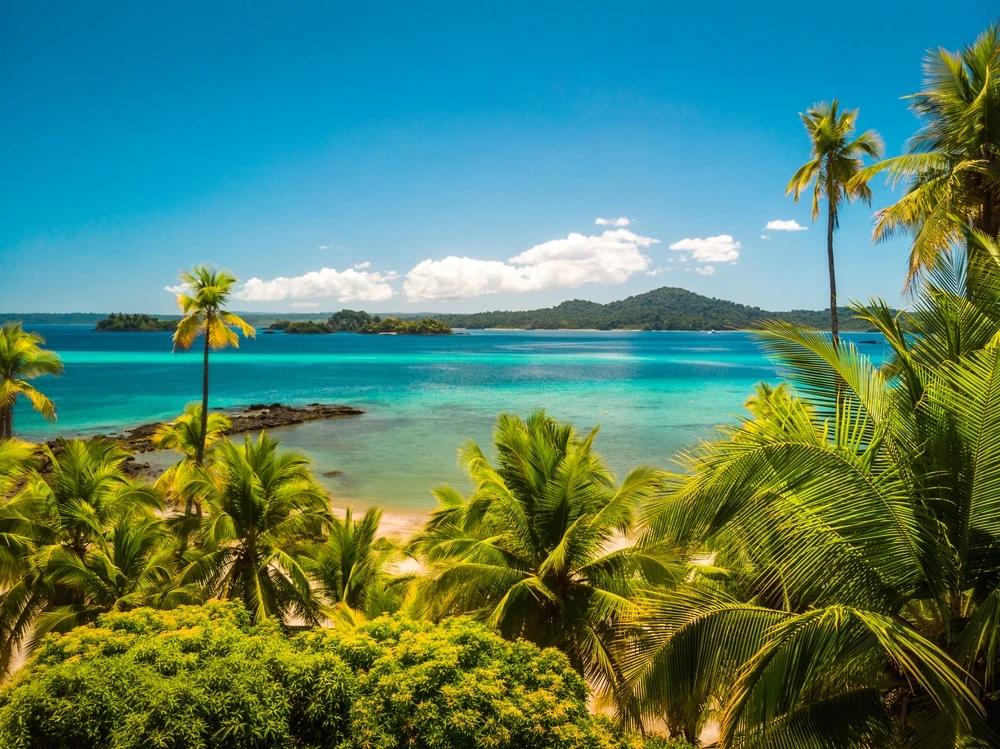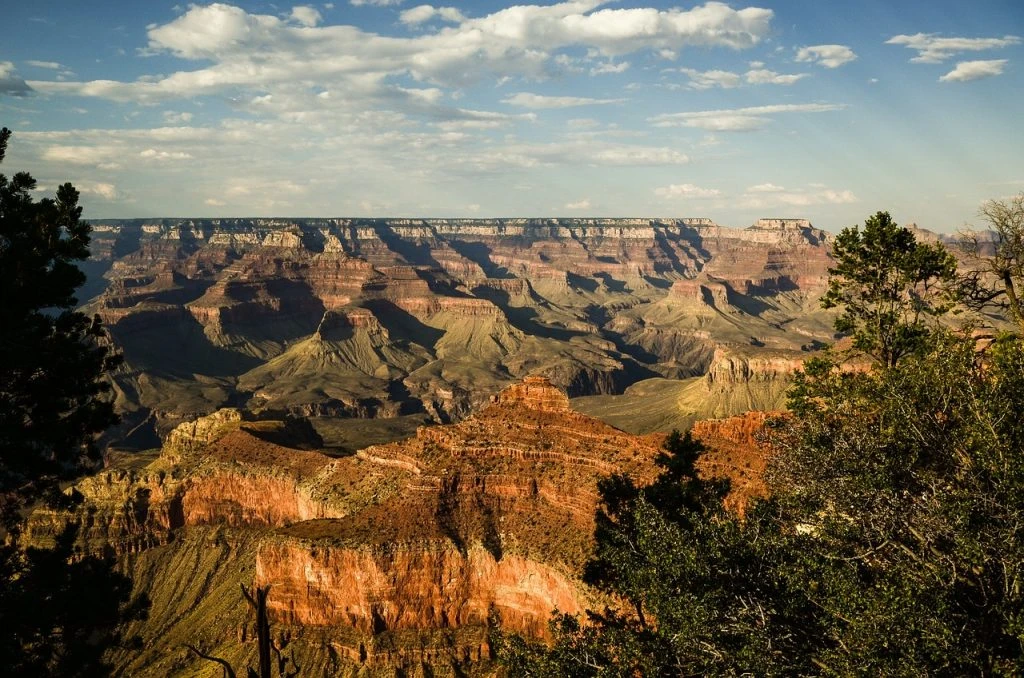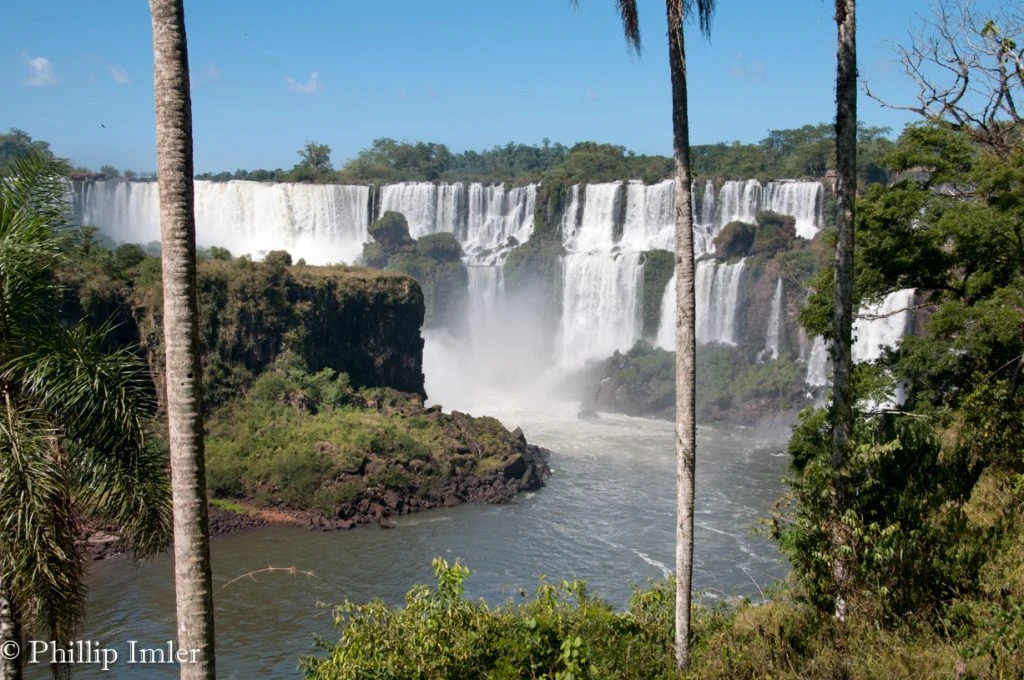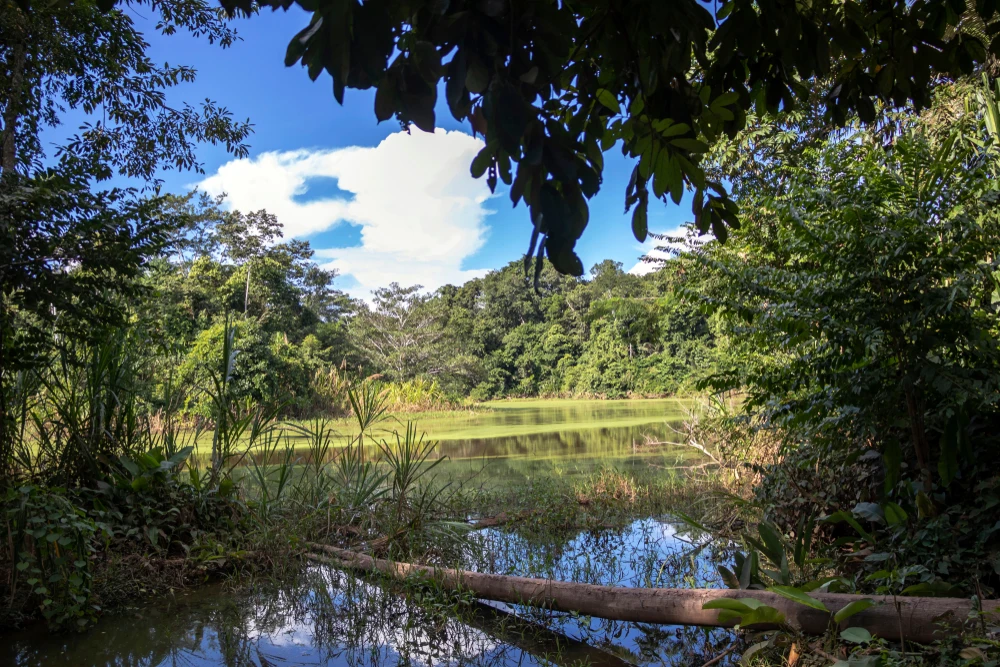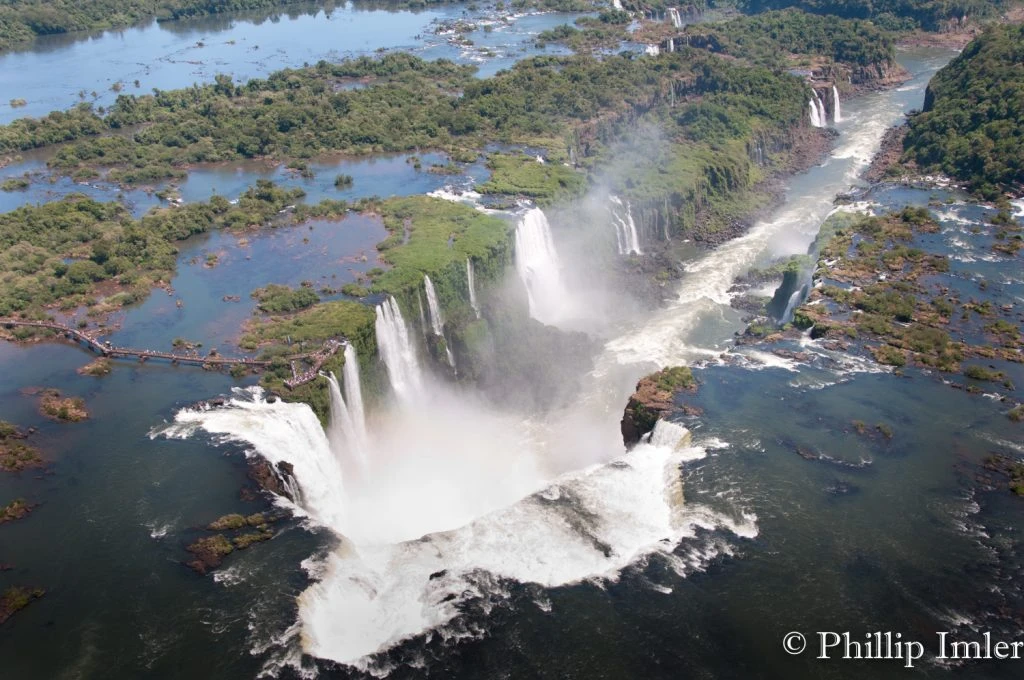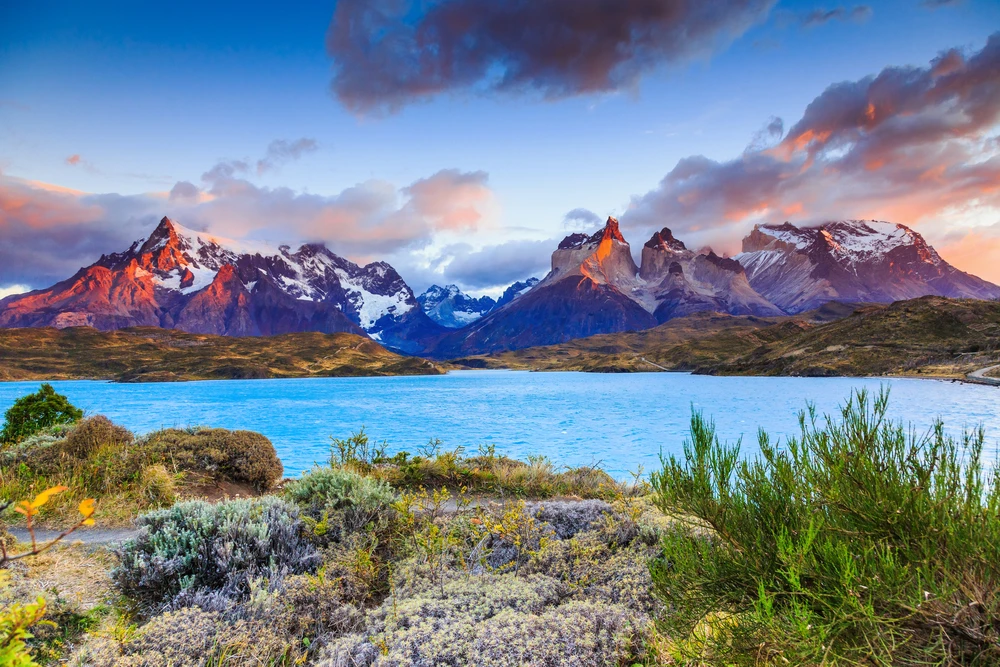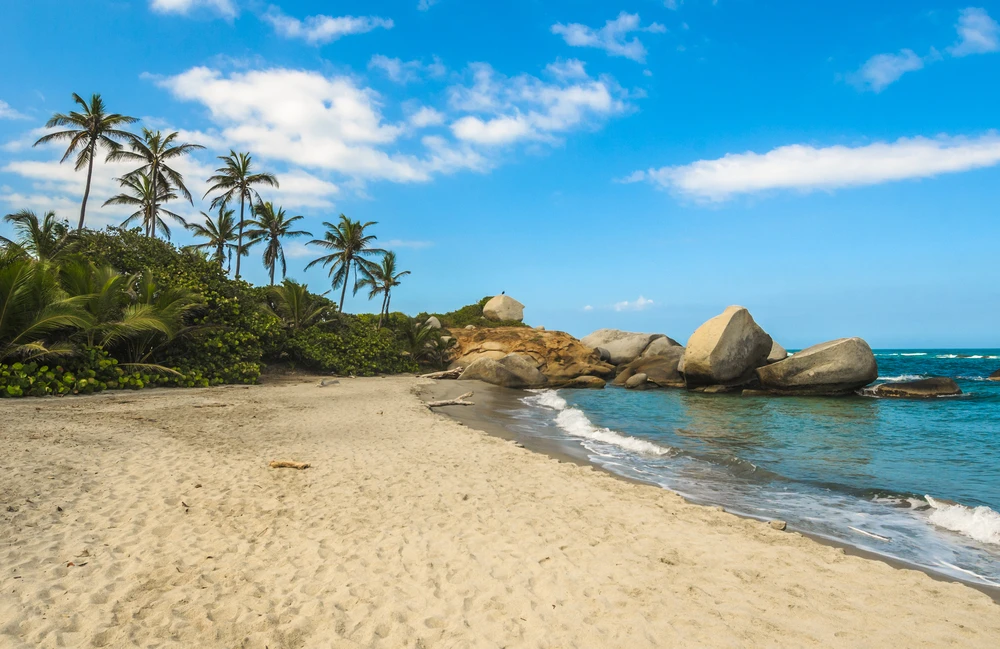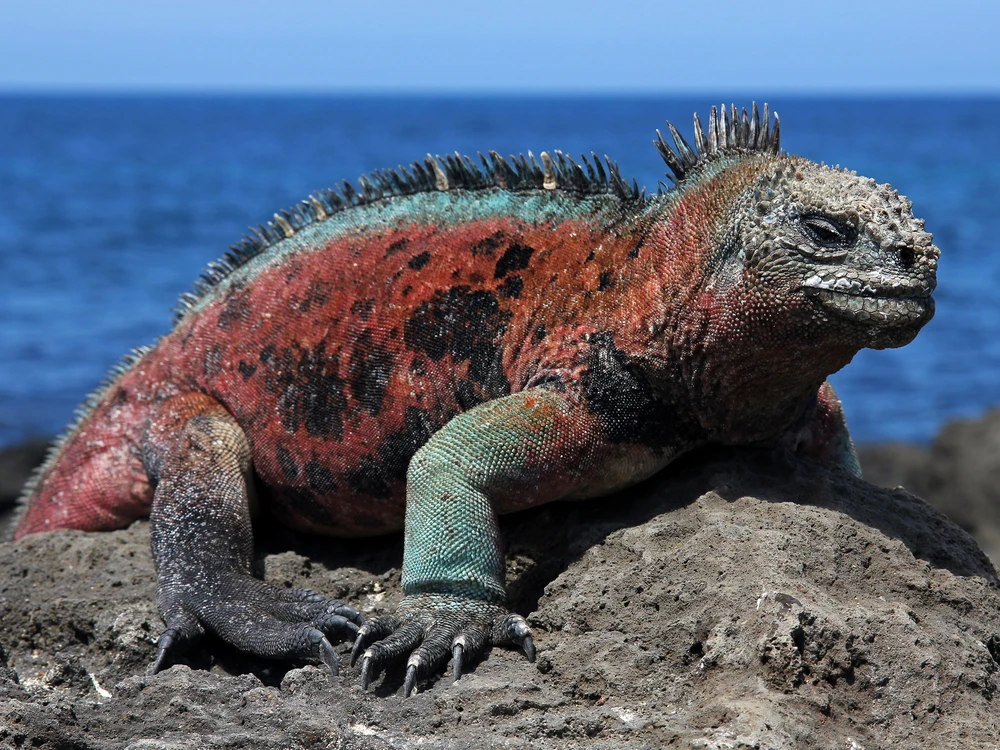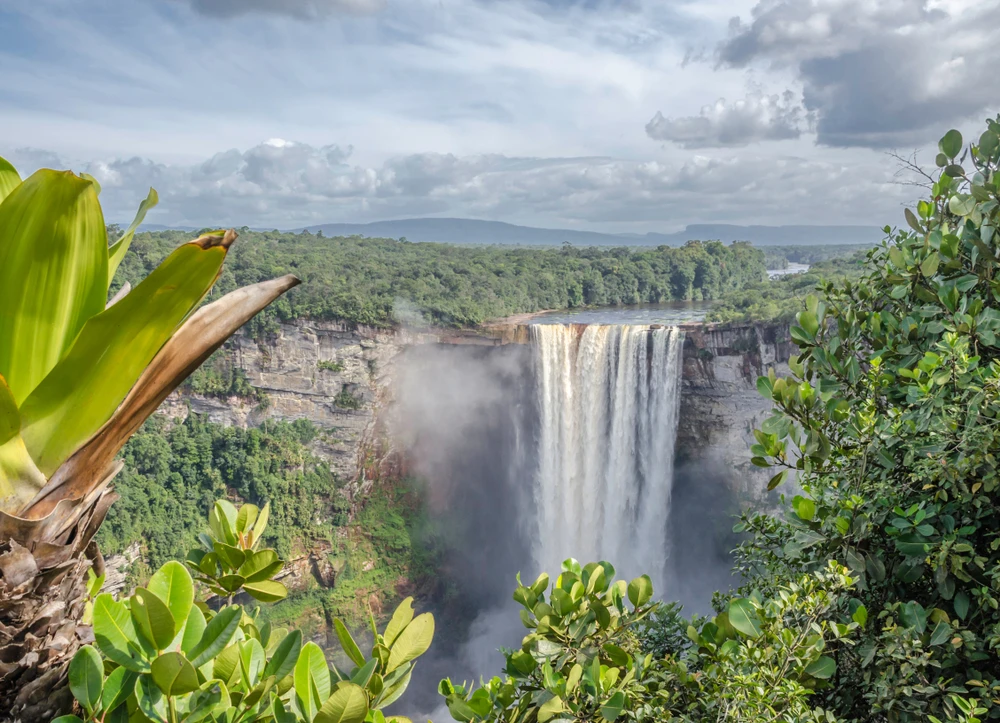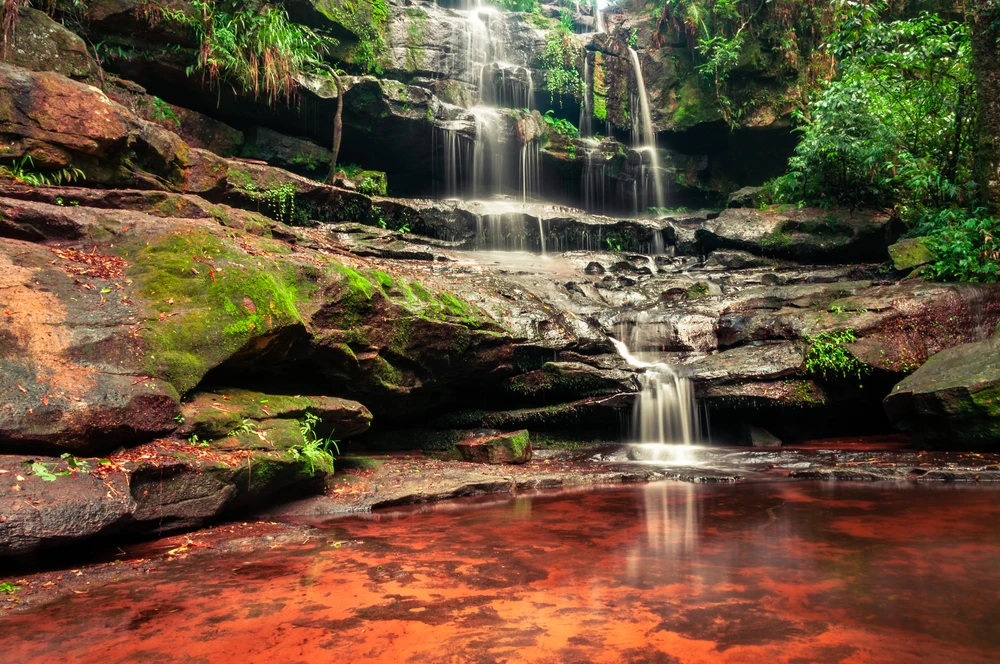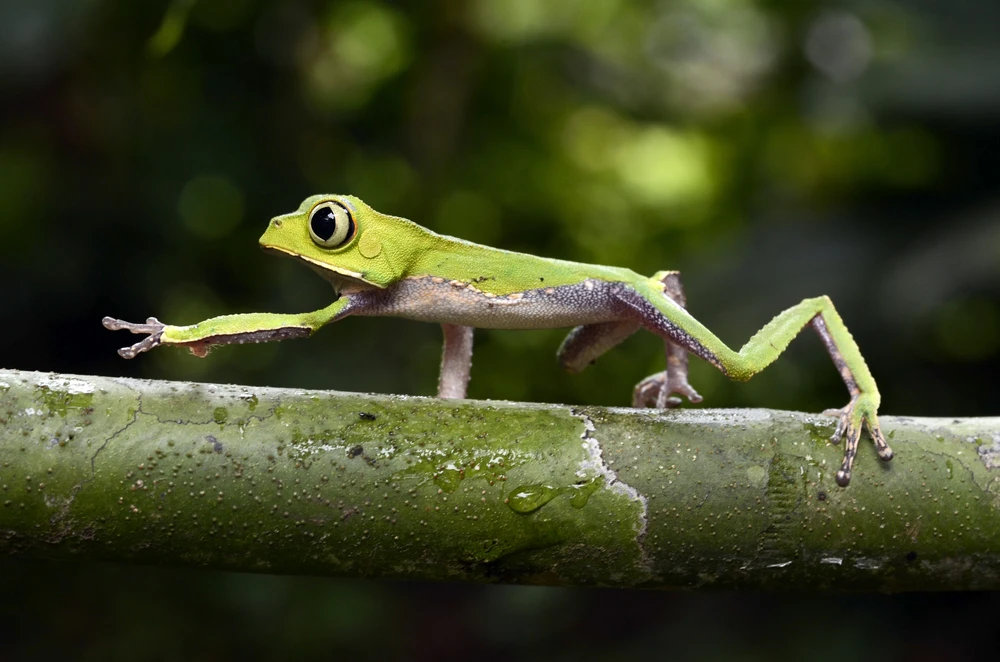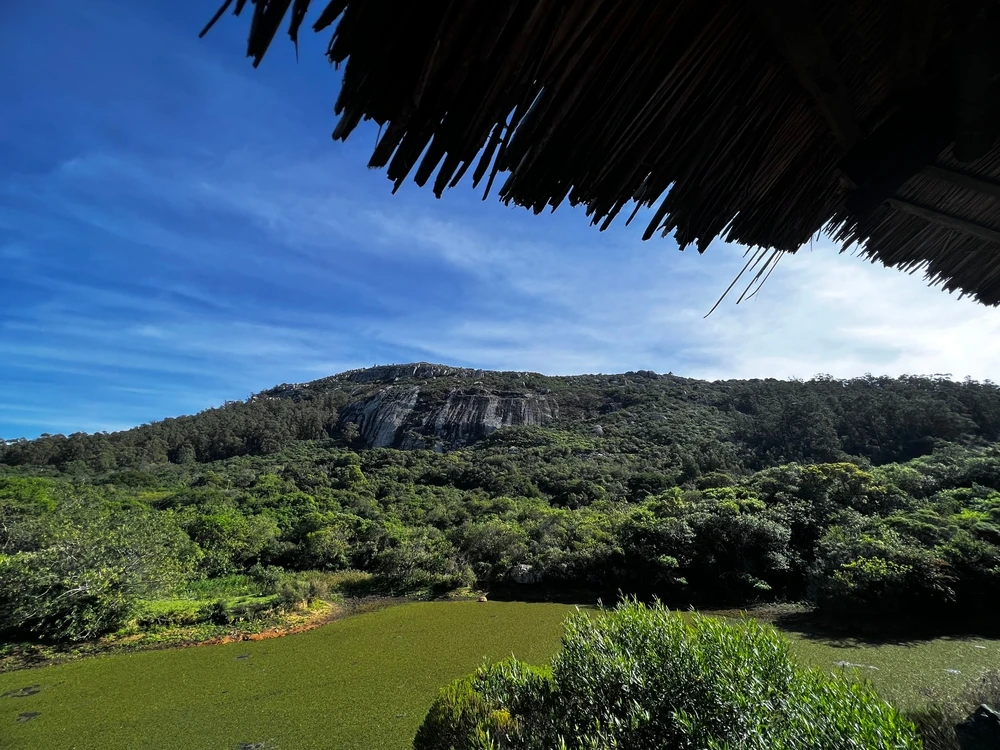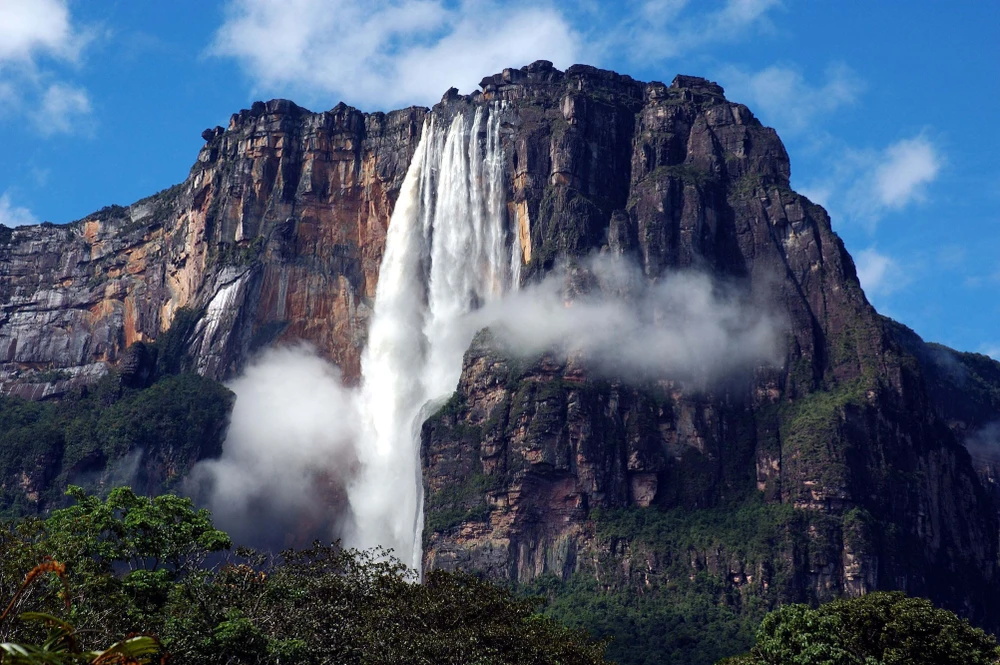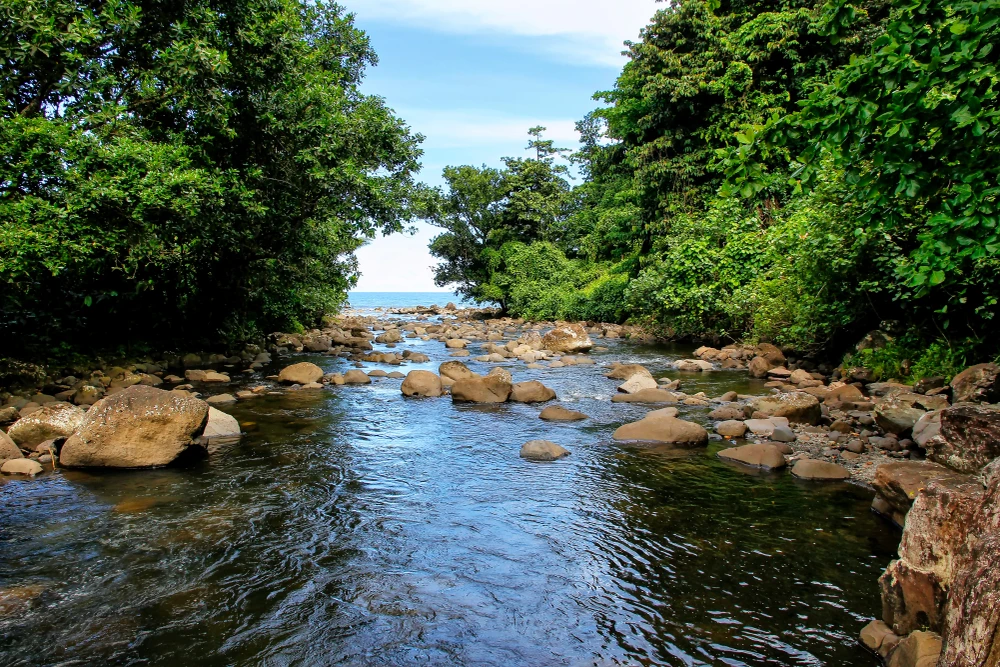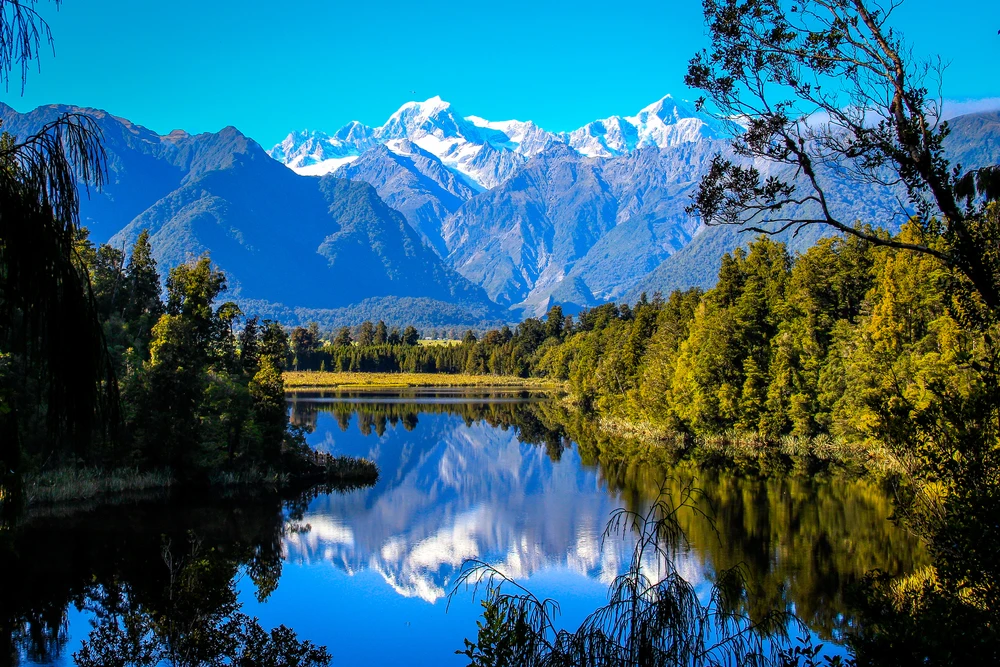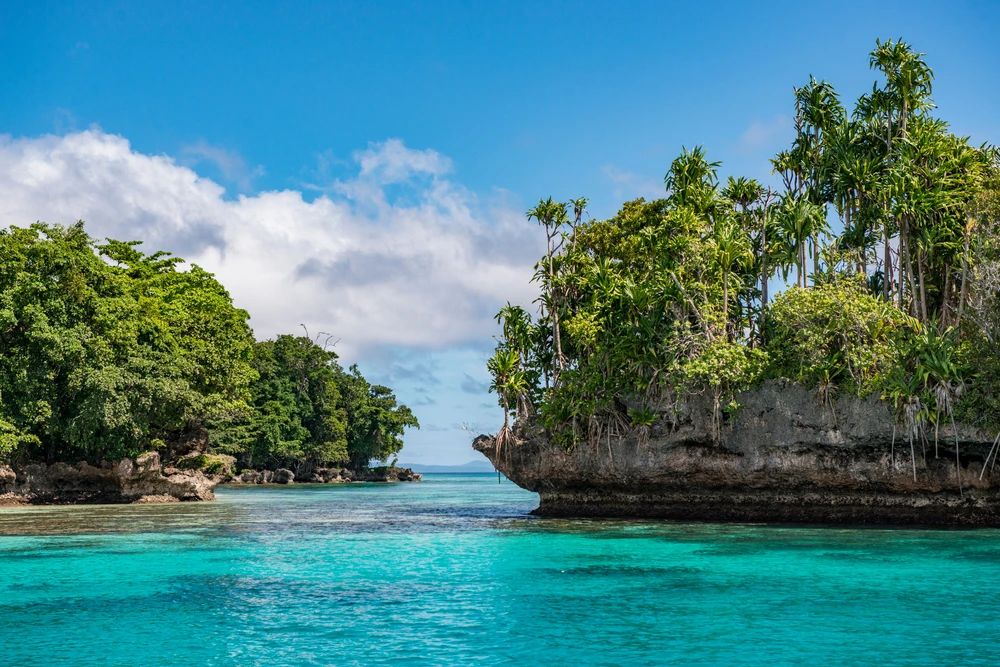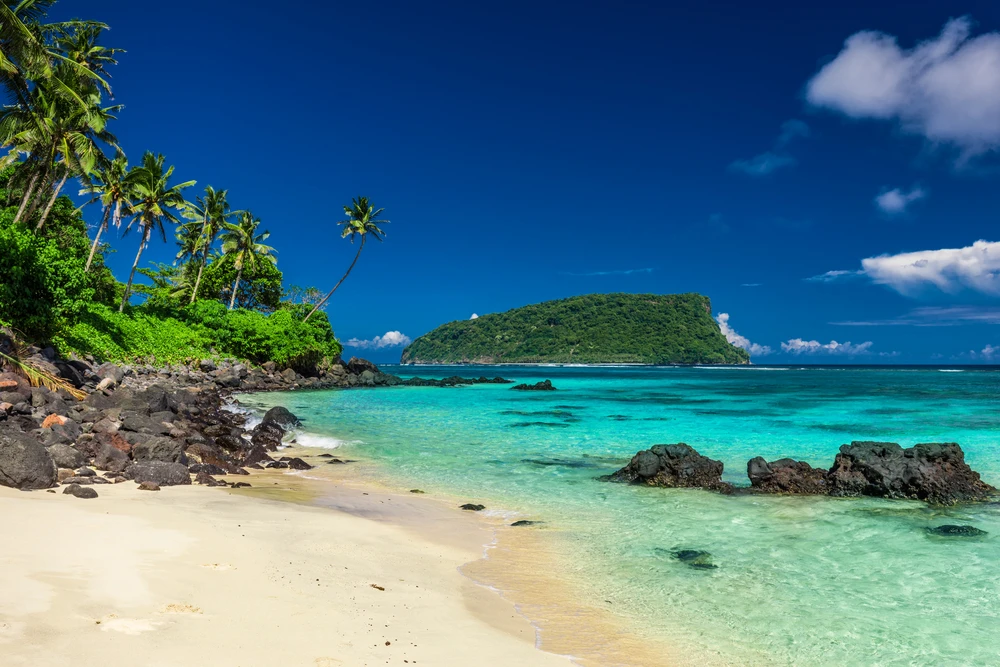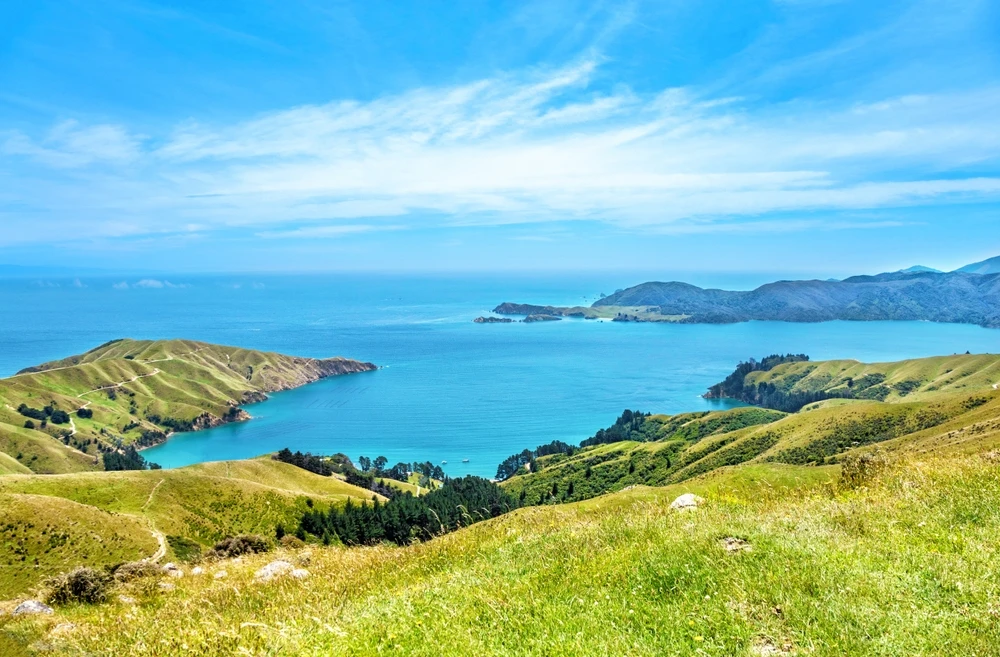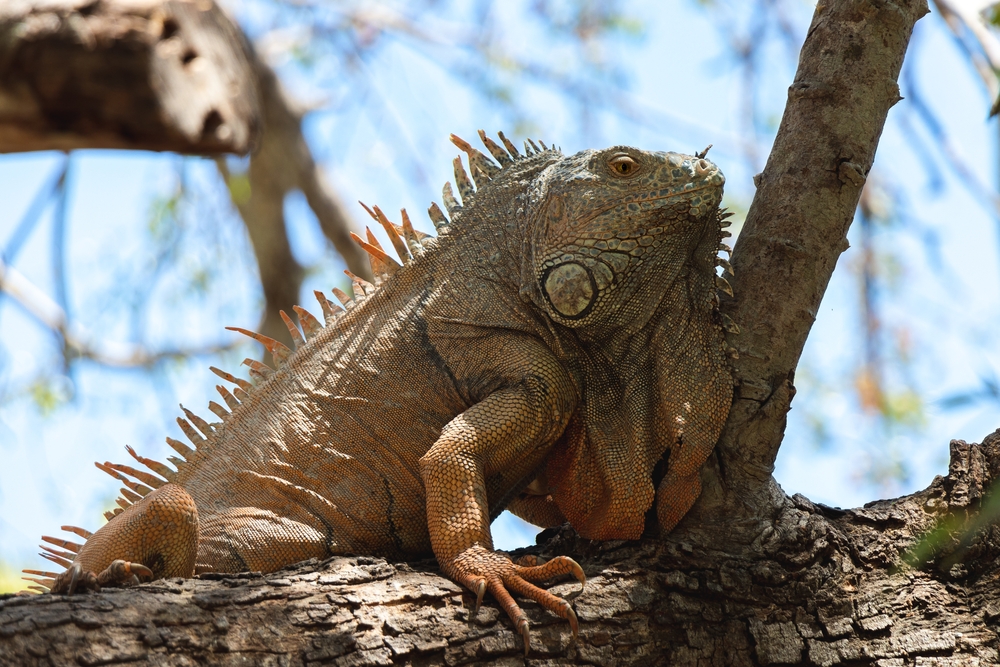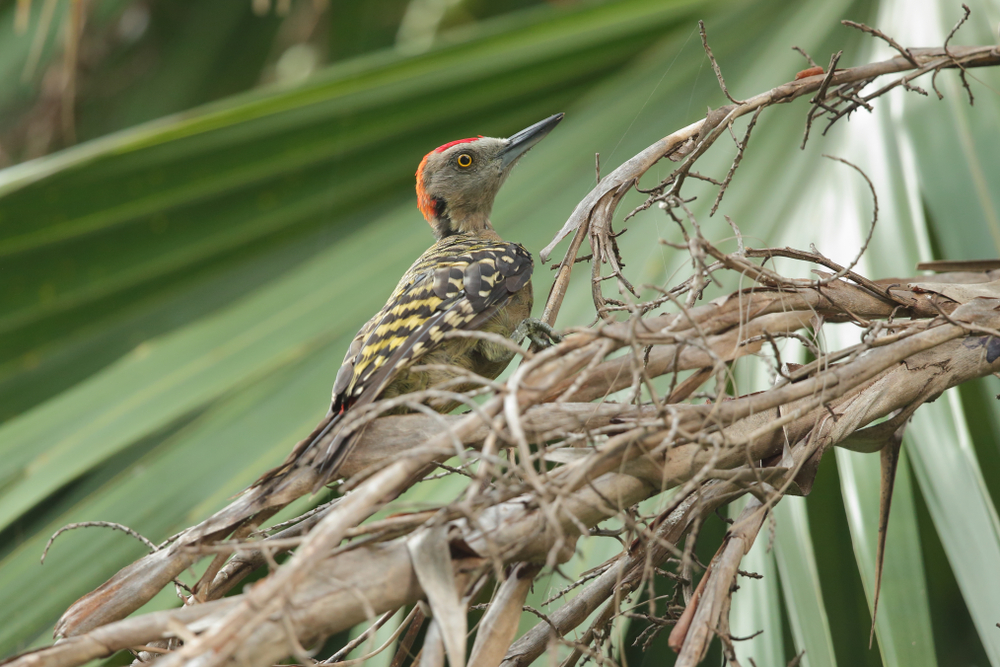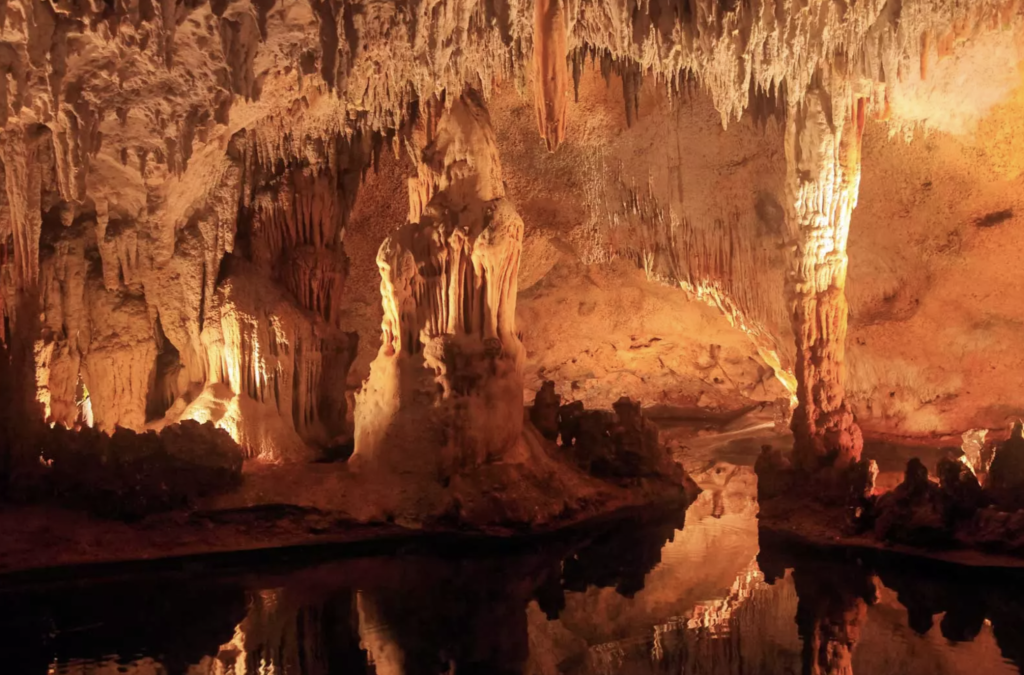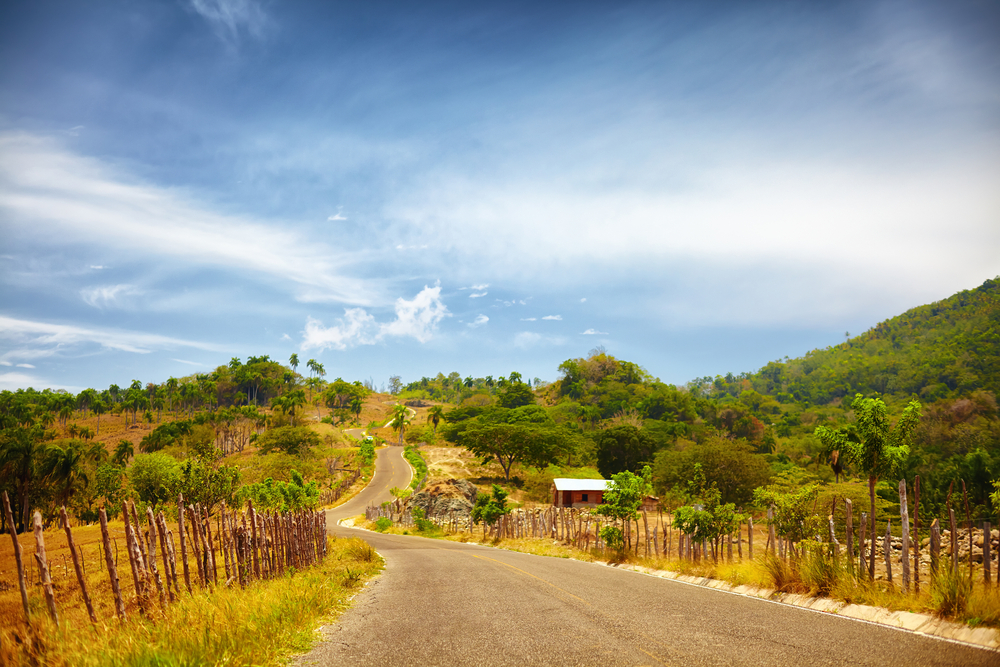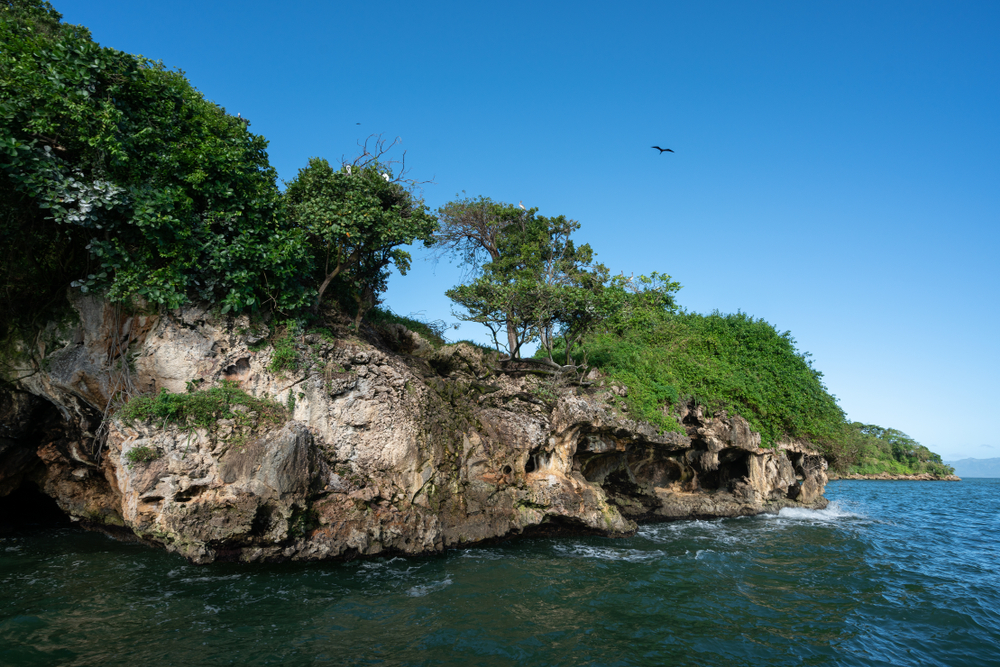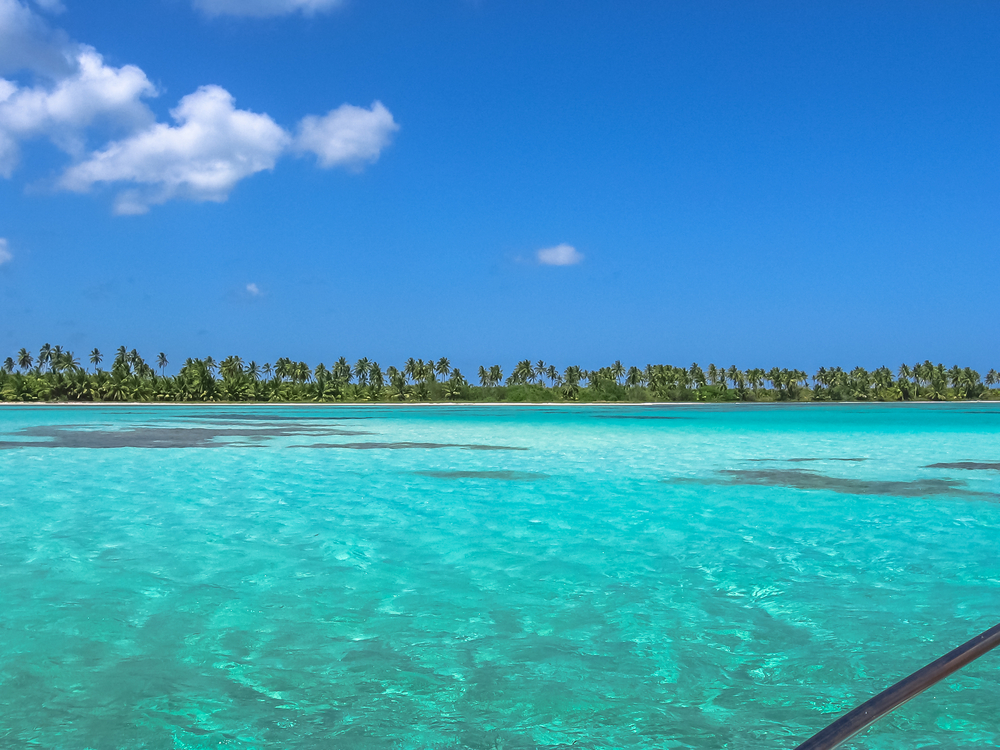Isla Cabritos Overview
Isla Cabritos National Park, known as Parque Nacional Isla Cabritos in Spanish, is a unique and ecologically significant protected area located in the Dominican Republic.
Situated within Lake Enriquillo, the largest saltwater lake in the Caribbean, the park covers approximately 9.5 square miles (24.6 square kilometers).
It is part of the larger Jaragua-Bahoruco-Enriquillo Biosphere Reserve, a region recognized for its biodiversity and dramatic landscapes. The park is located in the southwestern part of the country, near the border with Haiti, and lies within the arid Enriquillo Valley, one of the lowest points in the Caribbean at about 144 feet (44 meters) below sea level.
The terrain of Isla Cabritos National Park is dominated by dry forests and salt flats, creating an environment that contrasts starkly with the lush tropical forests found elsewhere in the Dominican Republic. The island itself is flat and covered with thorny shrubs, cacti, and salt-tolerant vegetation such as the lignum vitae and guayacán trees.
Given its desert-like conditions and high temperatures, the park supports a unique ecosystem adapted to extreme heat and limited rainfall. Lake Enriquillo, which surrounds the island, is hypersaline, and its fluctuating water levels significantly influence the landscape and accessibility of the park. The lake is also dotted with striking limestone formations, adding to the area’s geological interest.
One of the most remarkable aspects of Isla Cabritos National Park is its rich wildlife, particularly its reptilian inhabitants. The park is home to two of the world’s rarest iguana species: the rhinoceros iguana and the Ricord’s iguana.
These large, prehistoric-looking reptiles can be seen basking on rocks and navigating the island’s arid terrain. The park is also a sanctuary for American crocodiles, which thrive in the warm waters of Lake Enriquillo. Visitors may spot these formidable reptiles sunning themselves along the lake’s edge.
The birdlife in the park is also impressive, with species such as the Hispaniolan parrot, the flamingo, and various herons and egrets making their home in the region. Waterbirds are particularly abundant, as the lake provides a vital feeding ground for many migratory species.
Among the park’s most popular features is the opportunity to see the iguanas and crocodiles up close in their natural habitat. The surreal landscape of Isla Cabritos, surrounded by the shimmering waters of Lake Enriquillo, creates an otherworldly experience for visitors.
Boat tours are one of the primary ways to explore the park, offering a chance to traverse the lake and observe its wildlife from the water. Guided hikes on the island itself allow visitors to appreciate the rugged beauty of the landscape and encounter its unique flora and fauna. Due to the park’s extreme heat, visits are often scheduled in the morning or late afternoon to avoid the peak sun.
Conservation efforts within Isla Cabritos National Park focus on protecting the delicate balance of its ecosystem, particularly the endangered iguanas and crocodiles. Fluctuations in Lake Enriquillo’s water levels, possibly linked to climate change, pose a challenge for the park’s long-term stability.
Additionally, illegal hunting and habitat degradation remain concerns. However, ongoing efforts by conservation organizations and the Dominican government aim to safeguard the park’s biodiversity through monitoring programs and community engagement initiatives.

